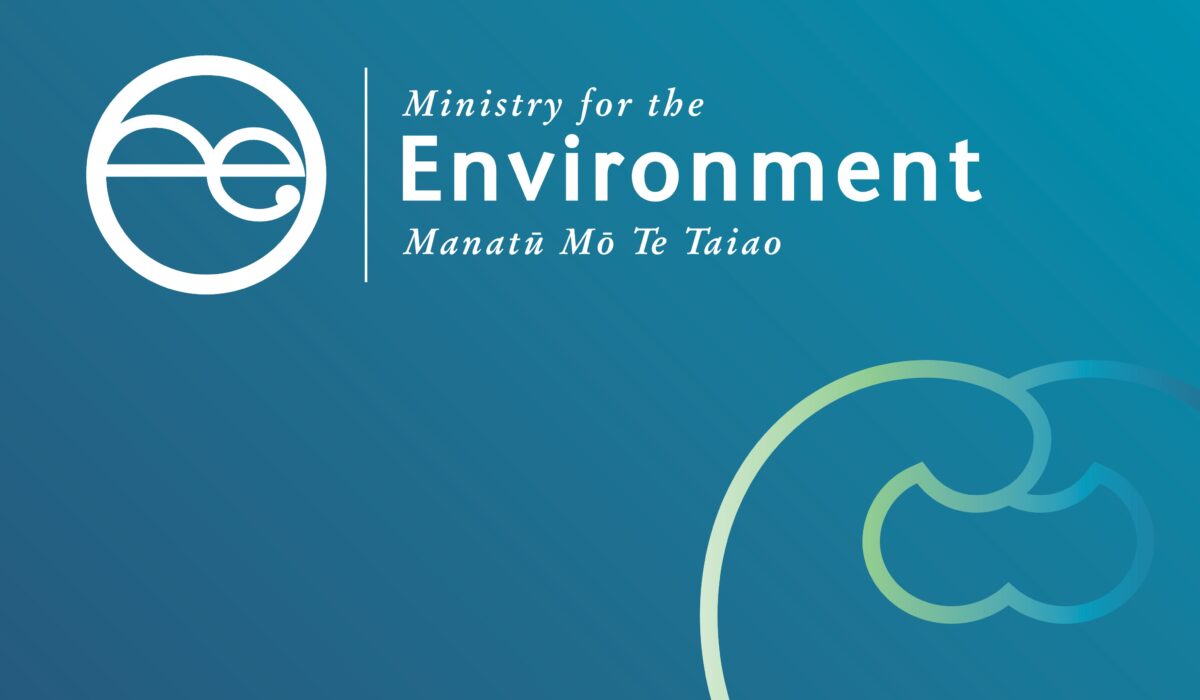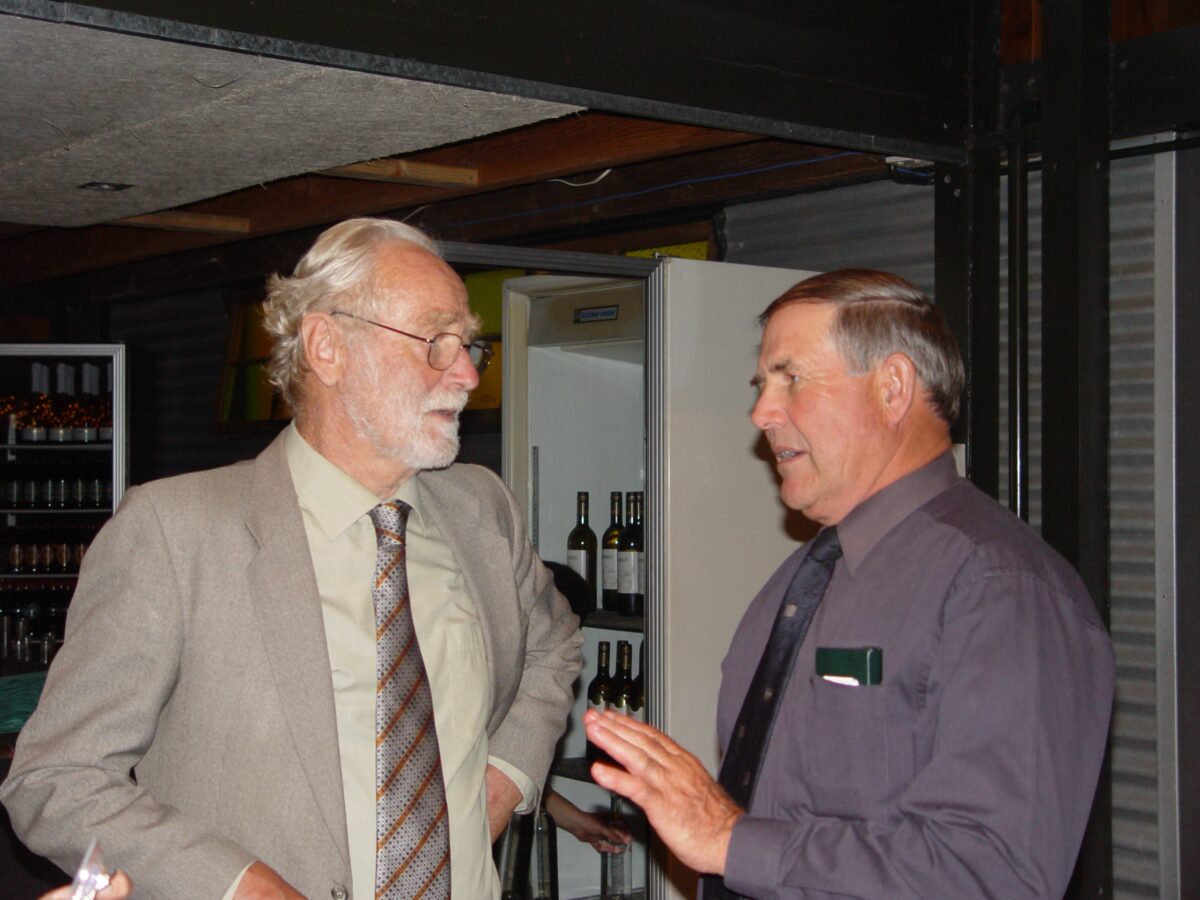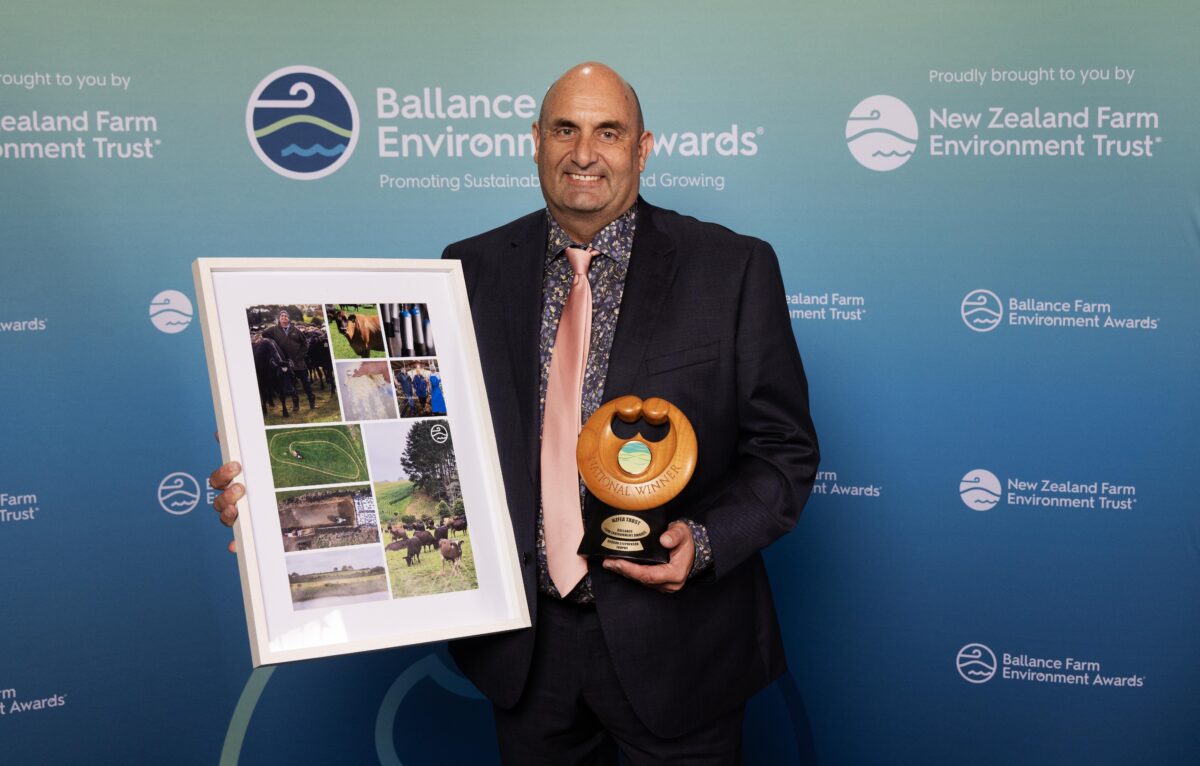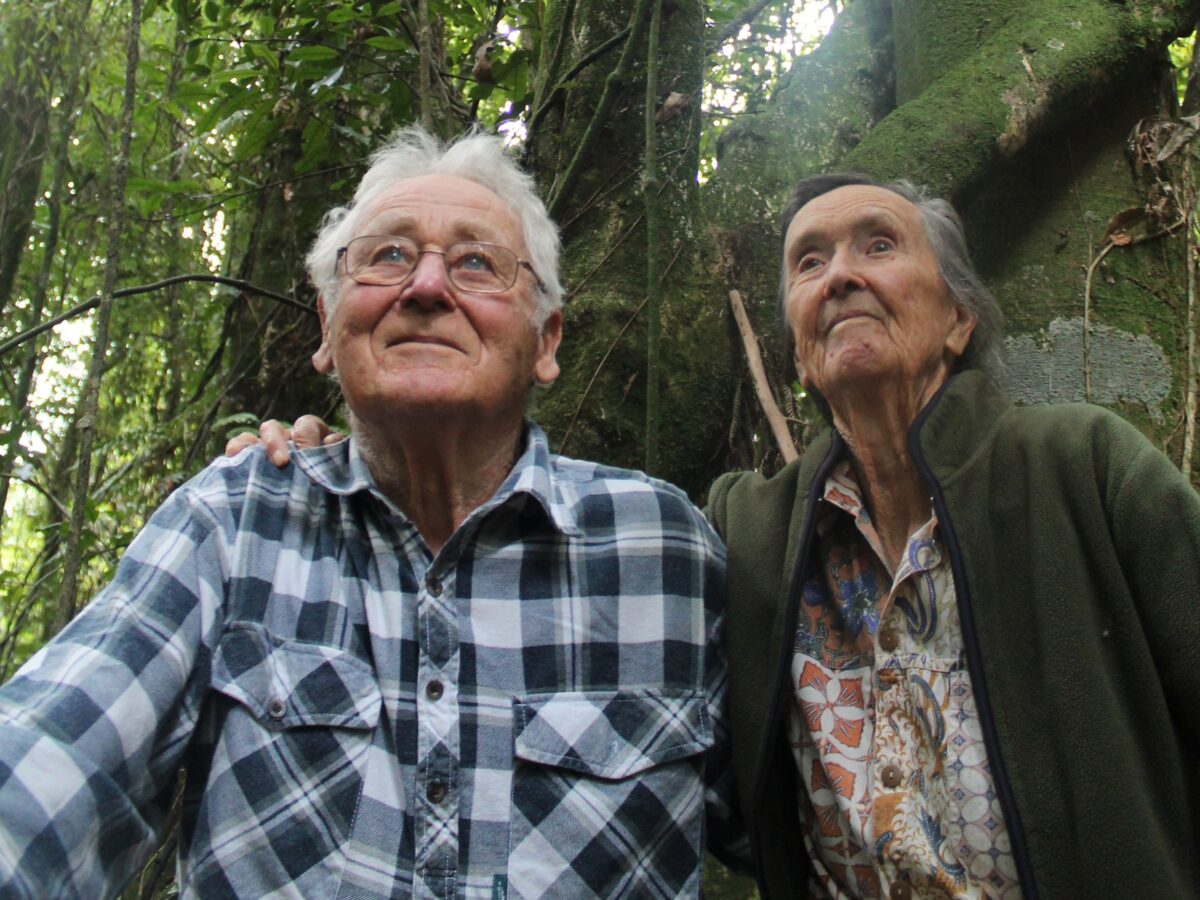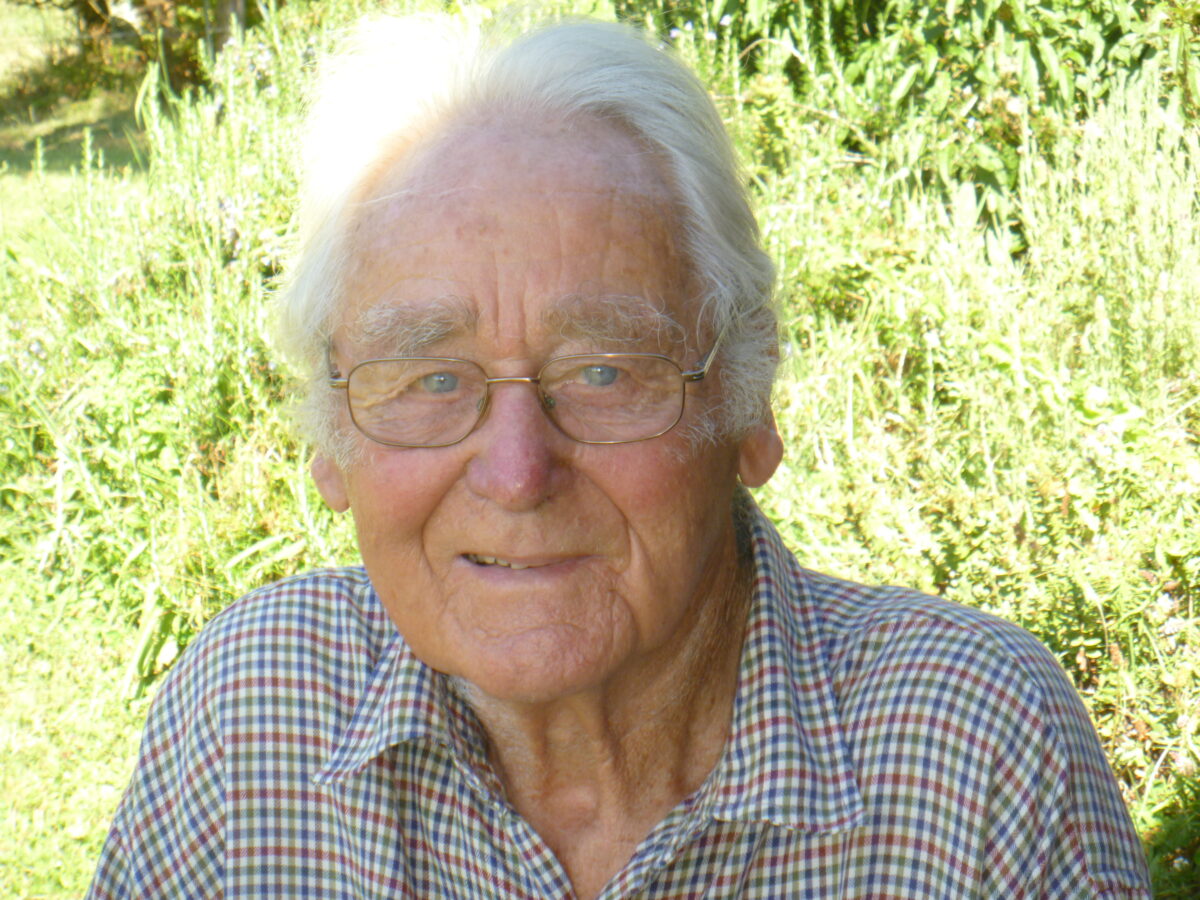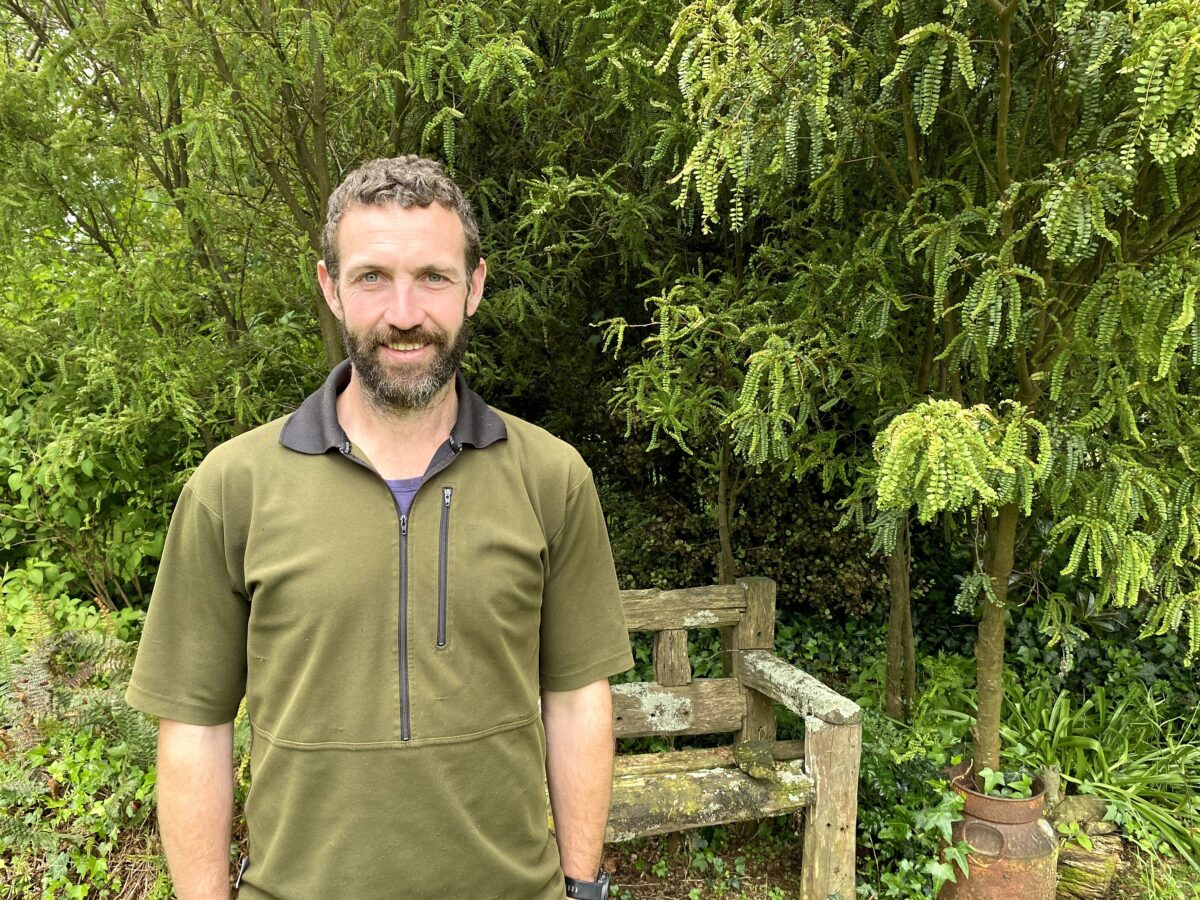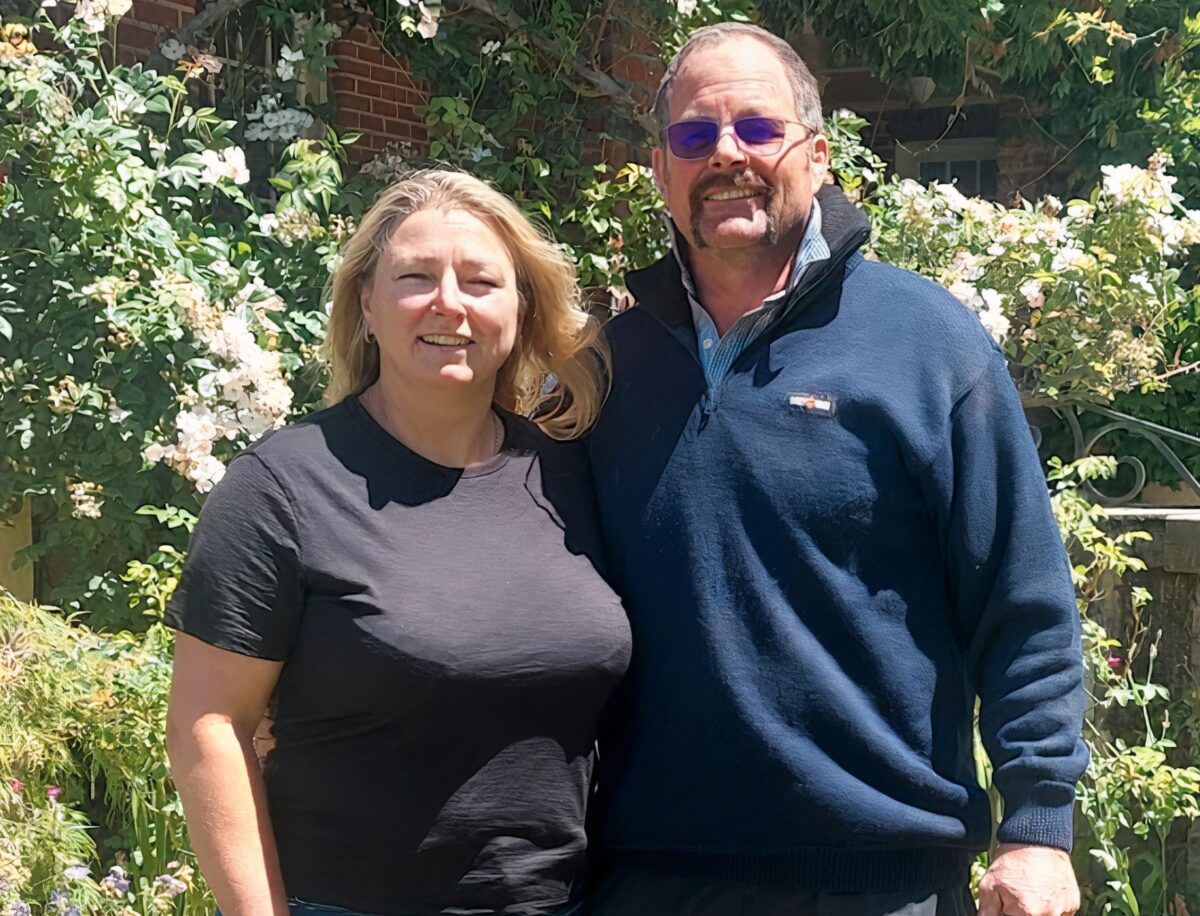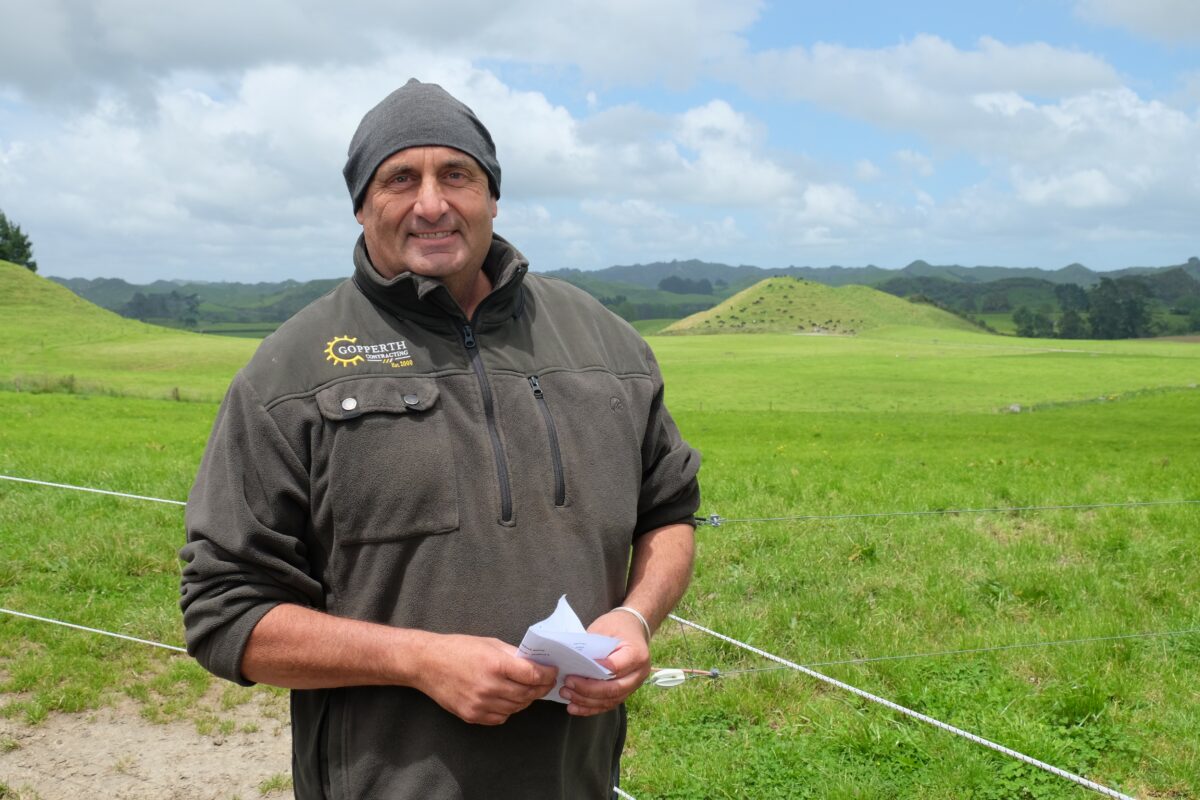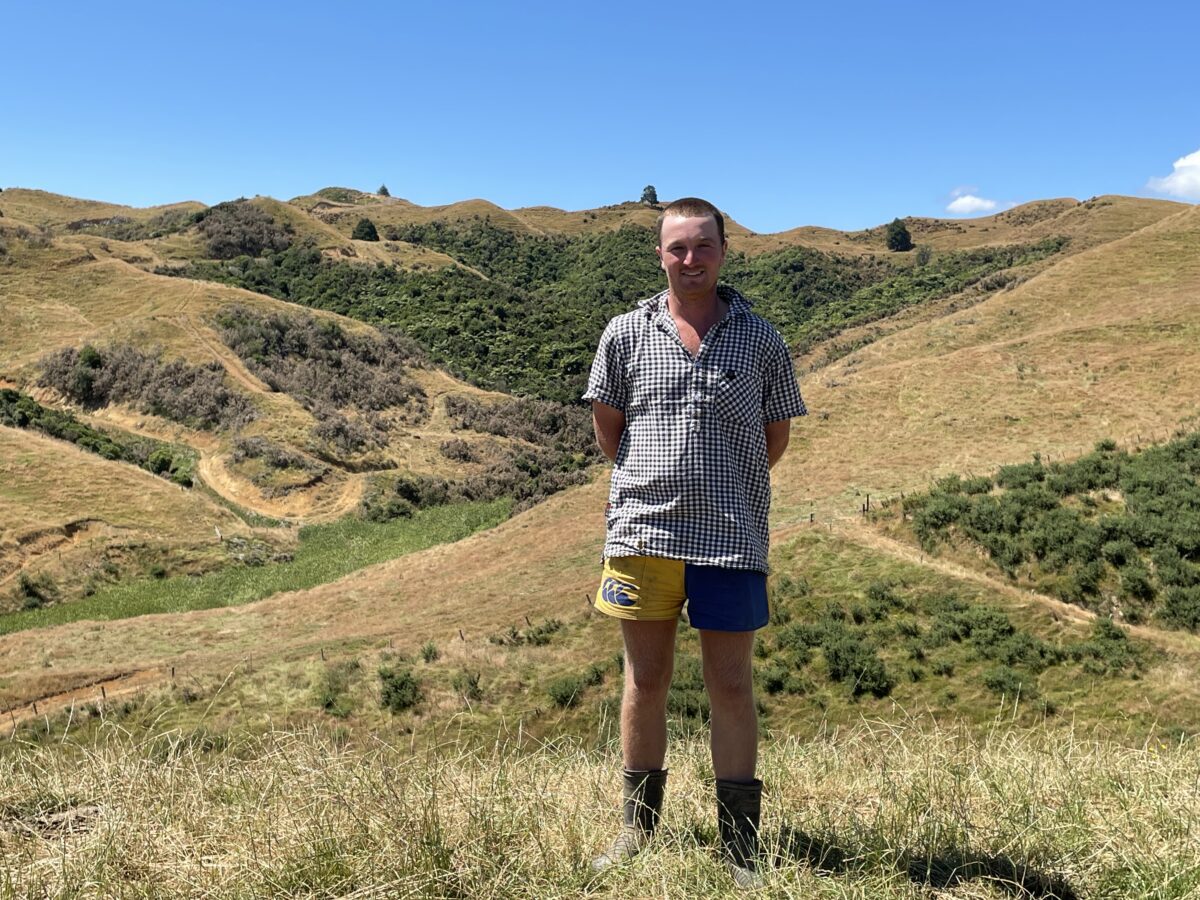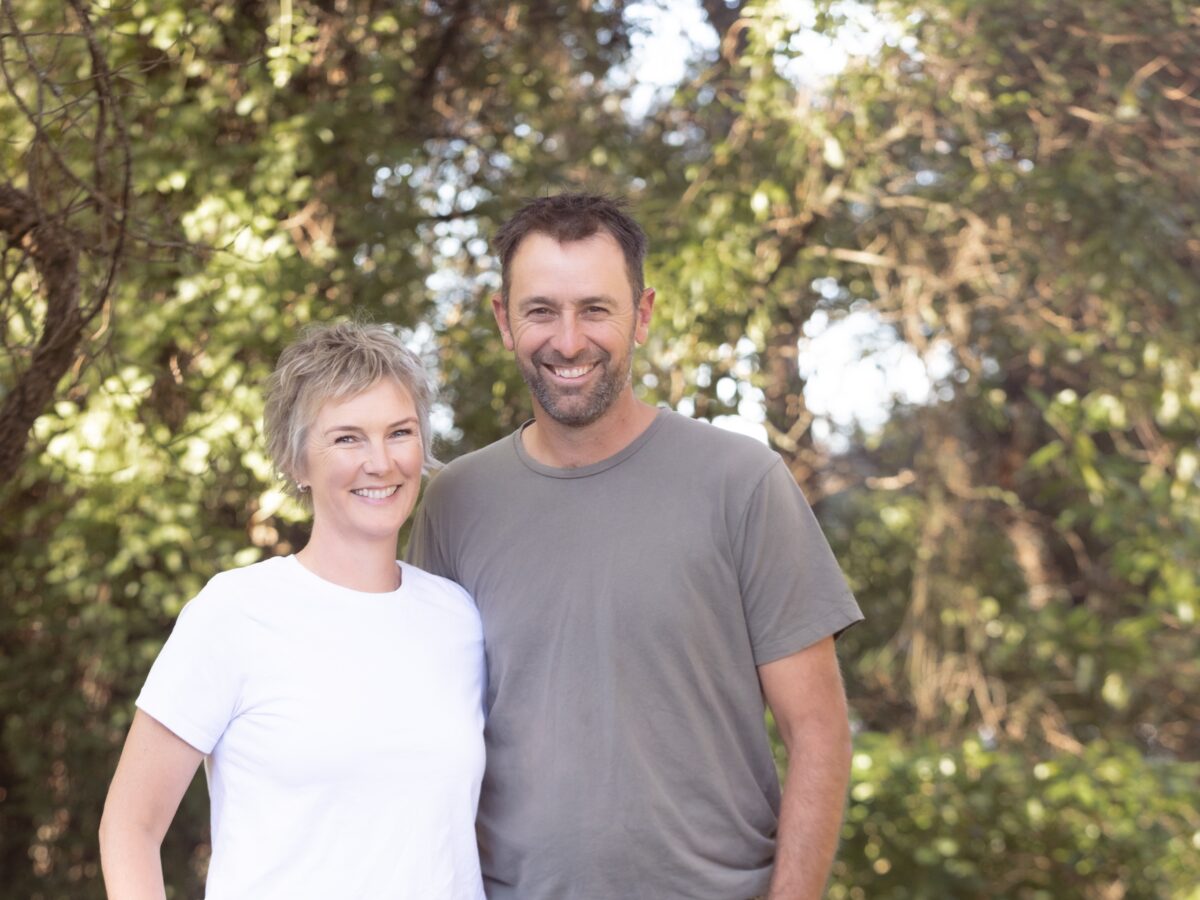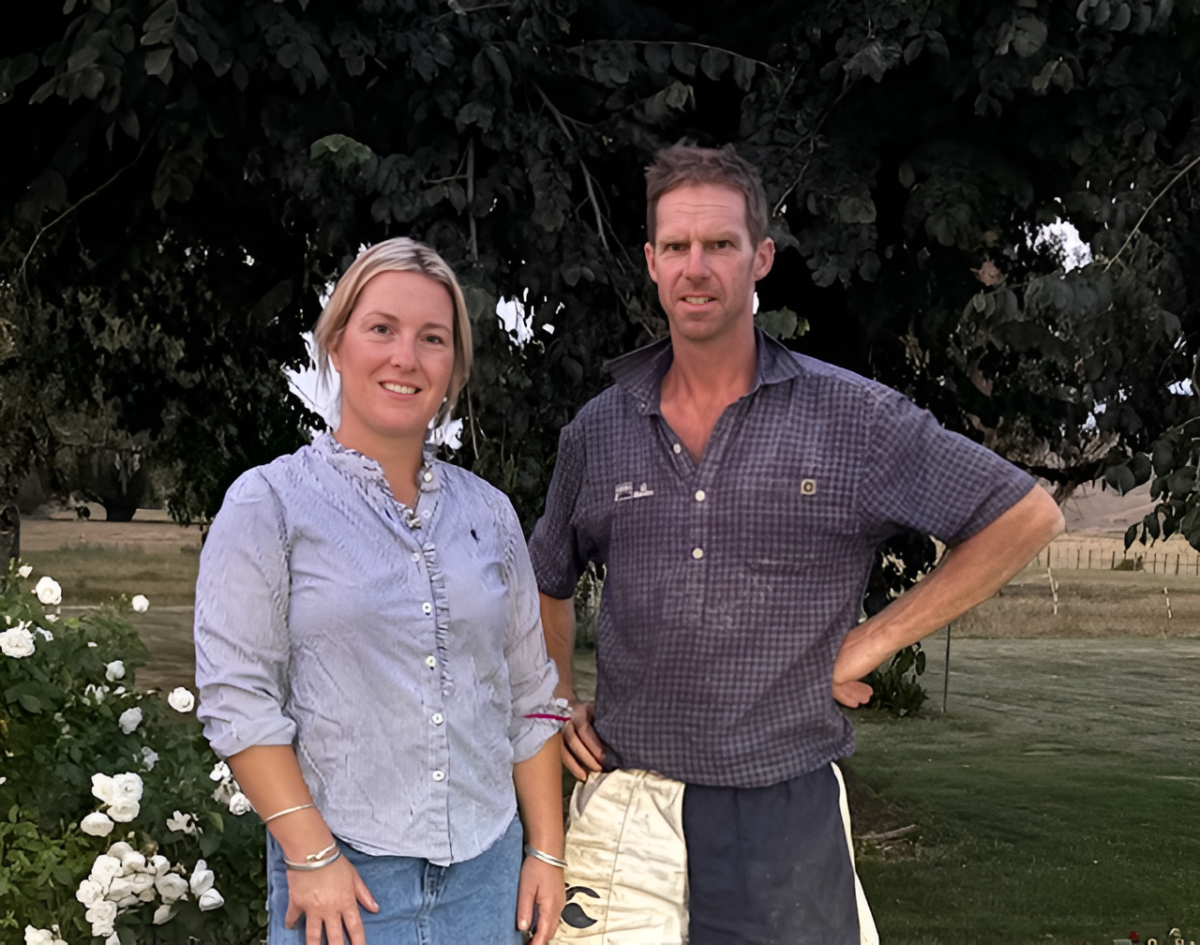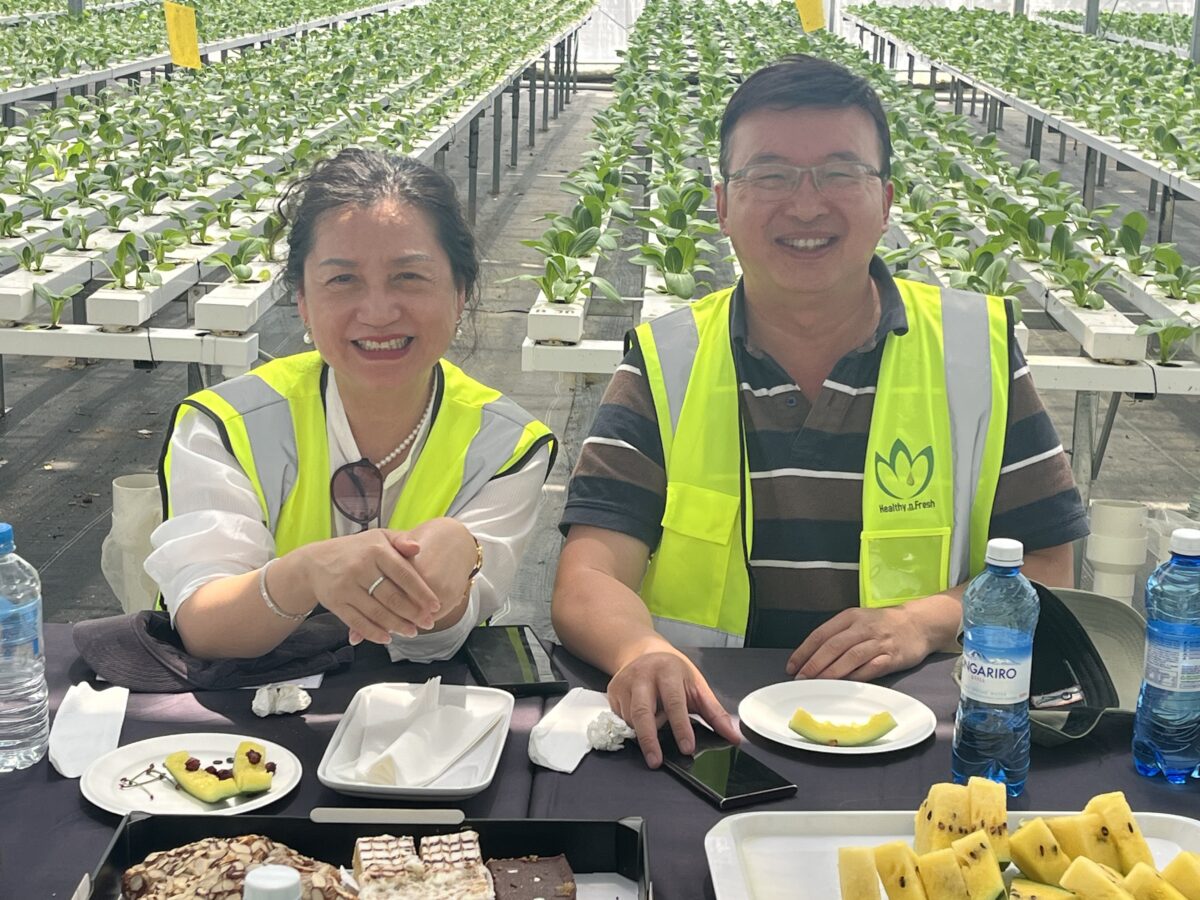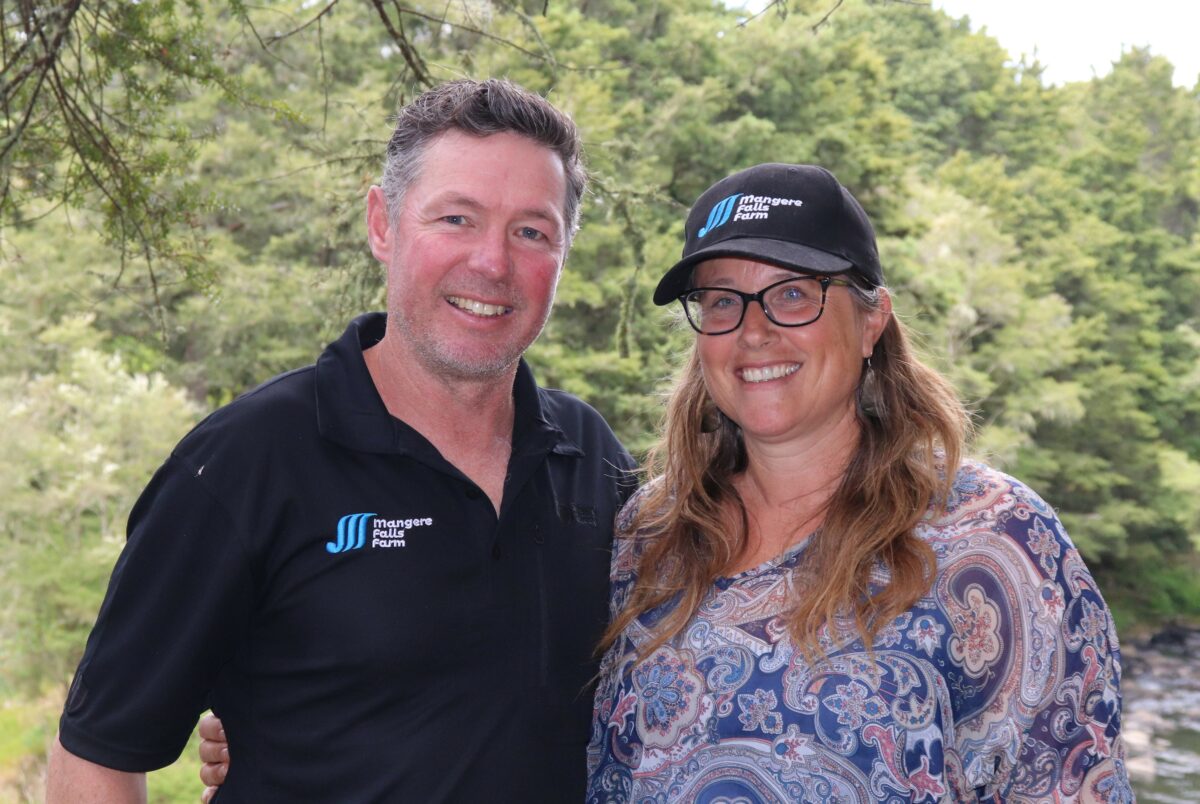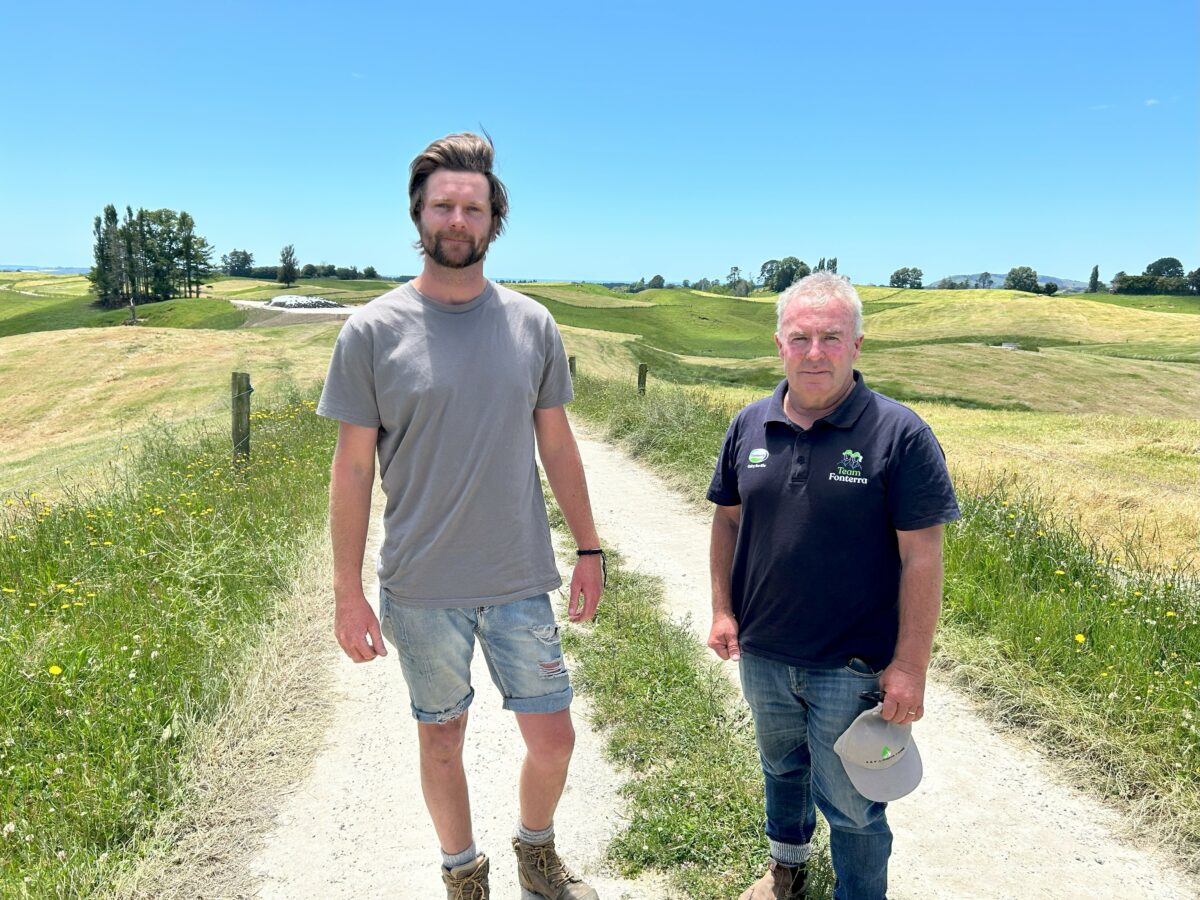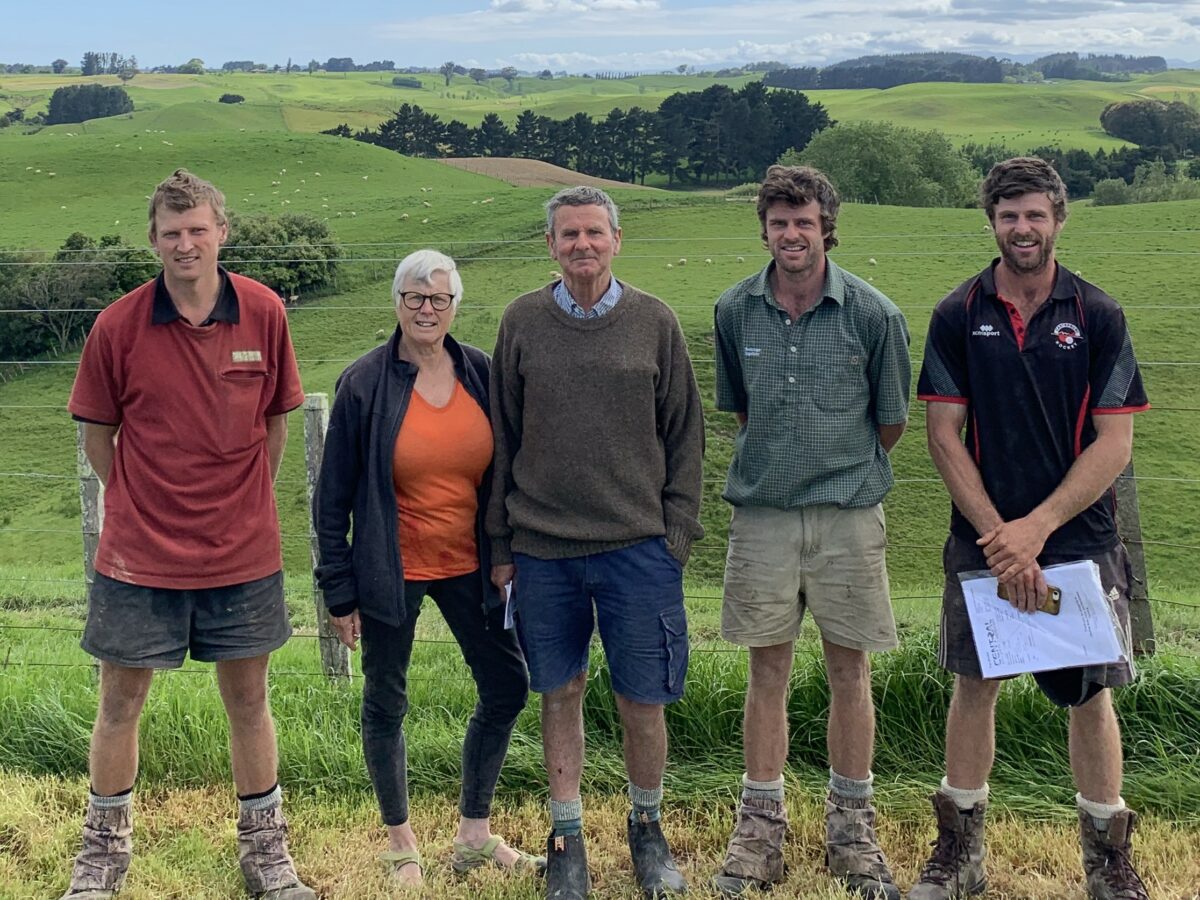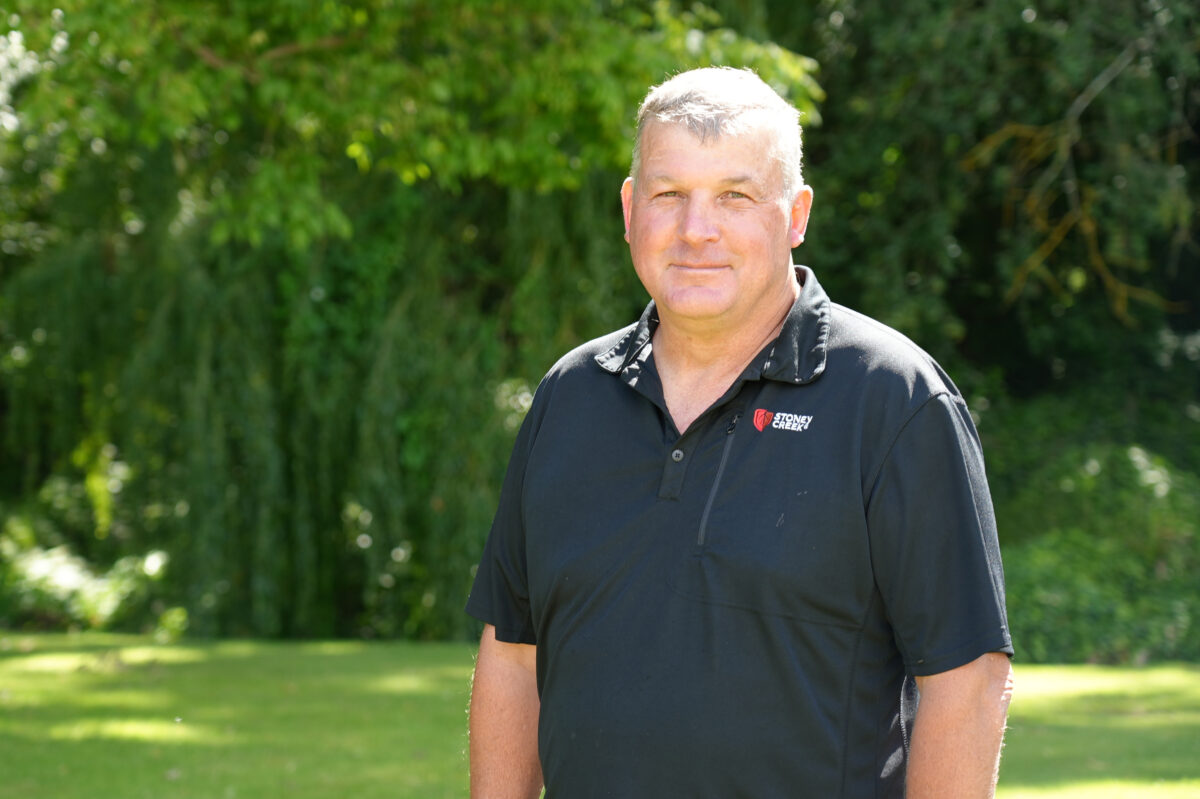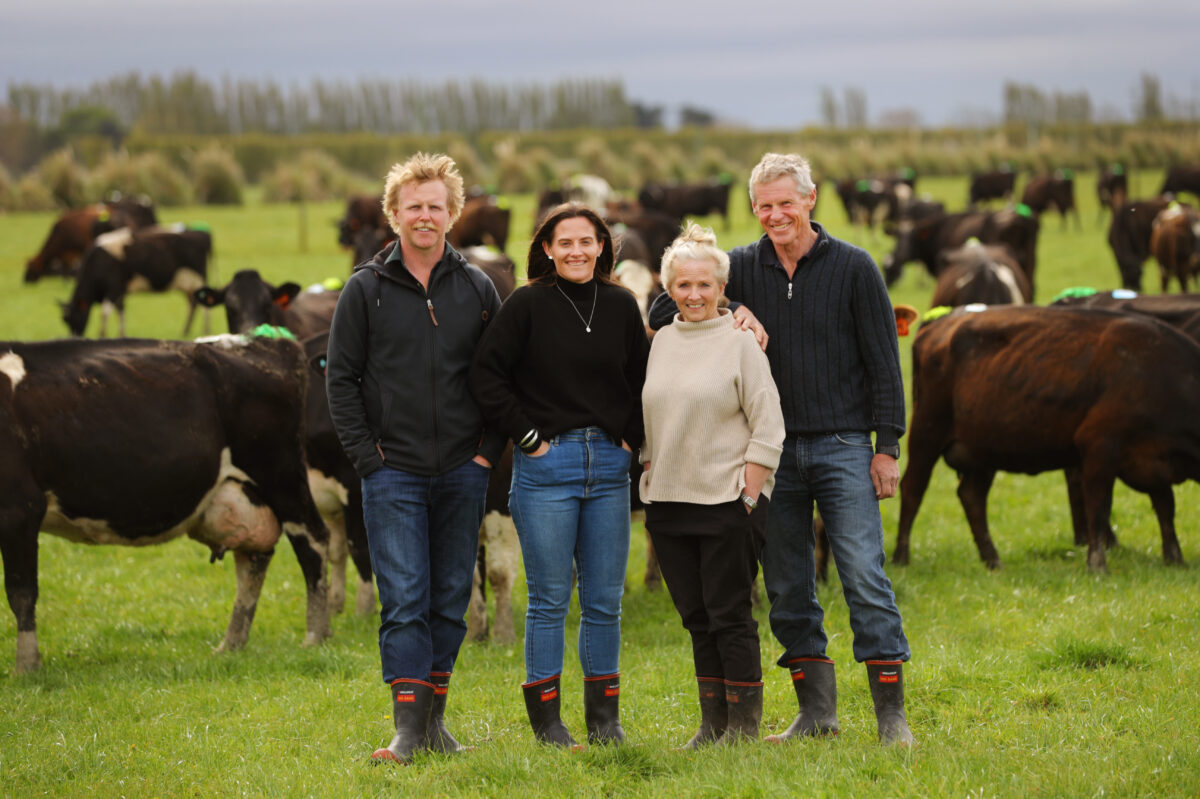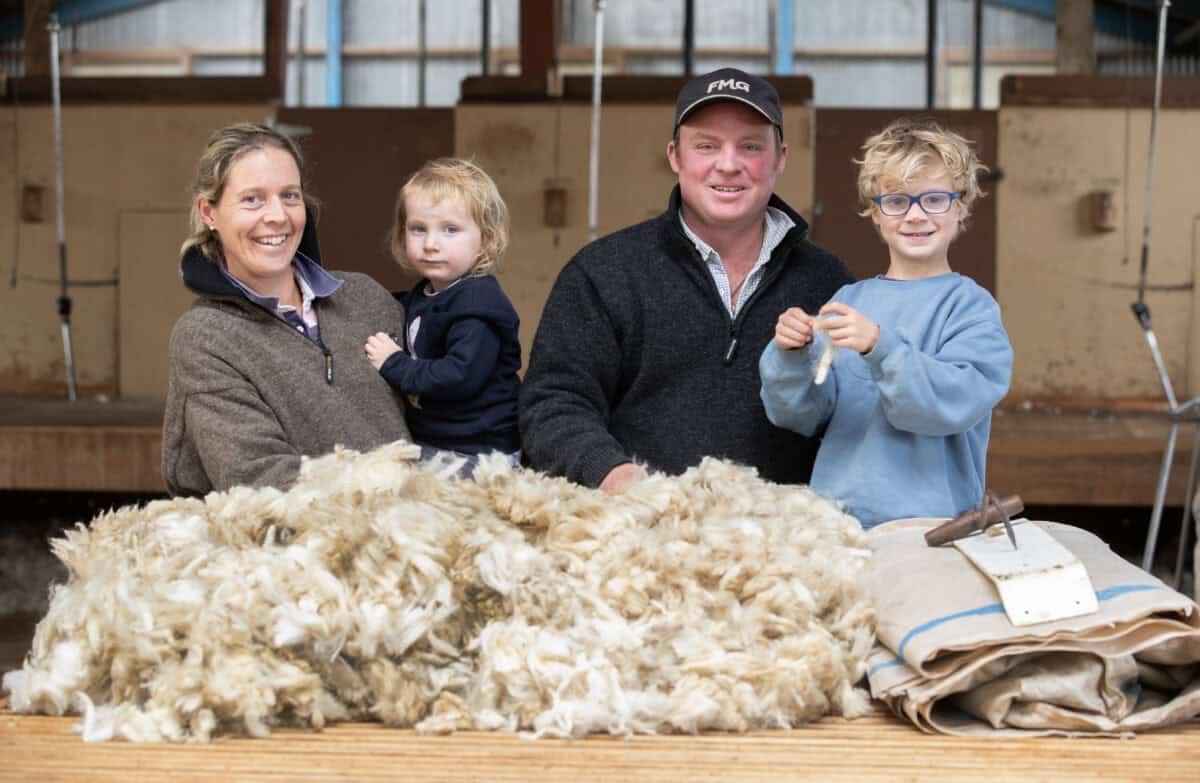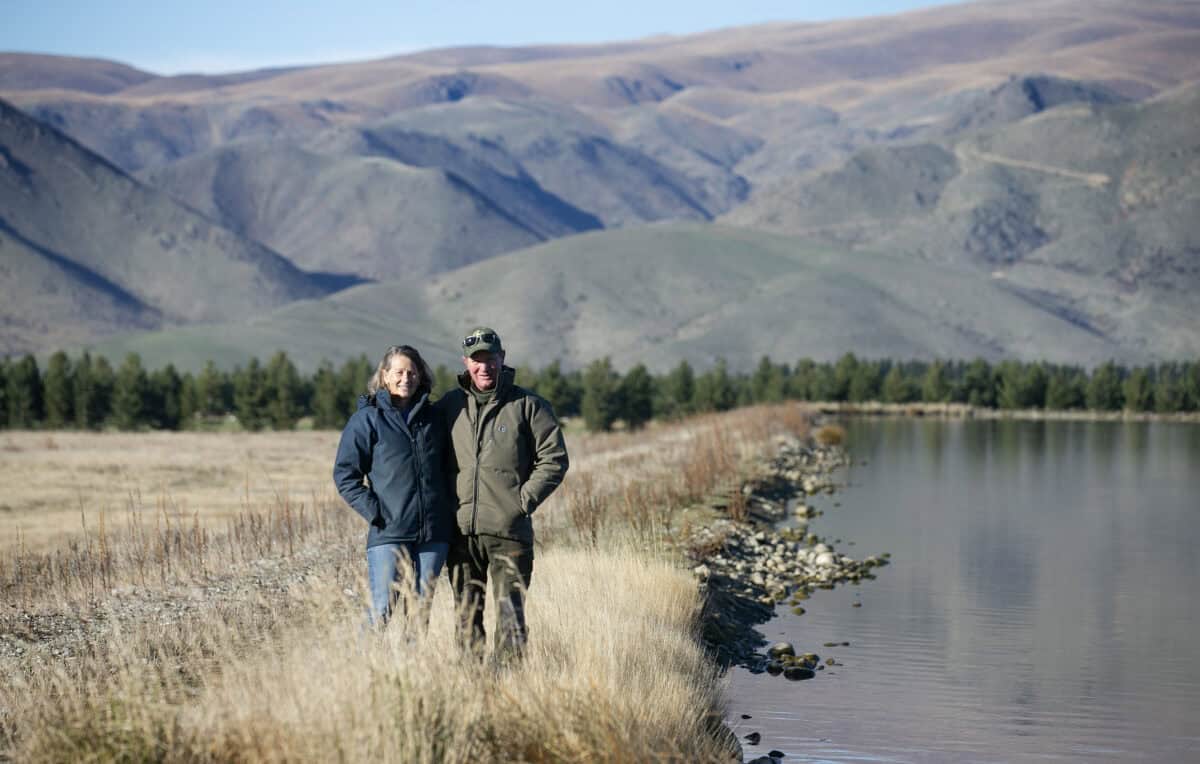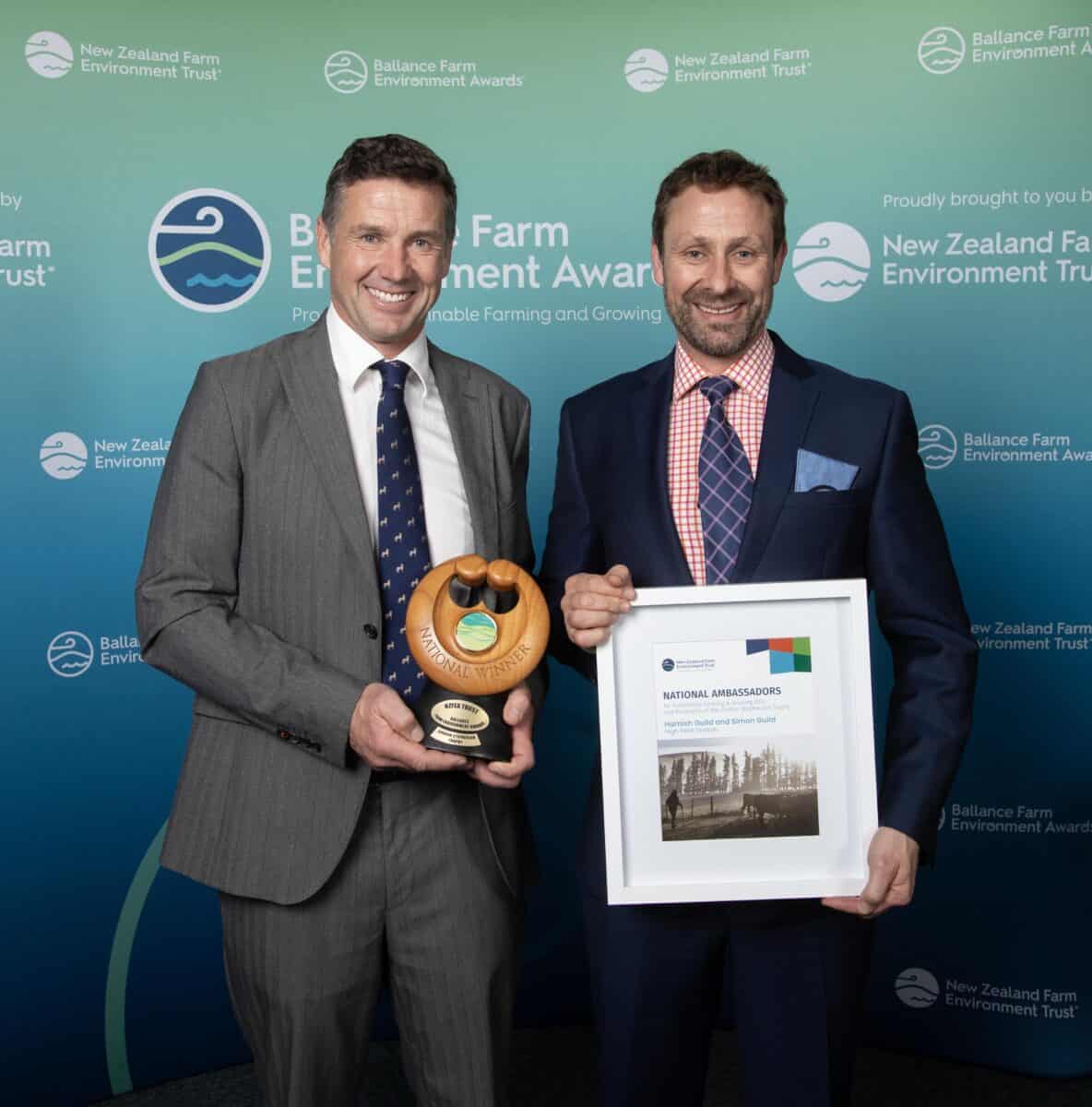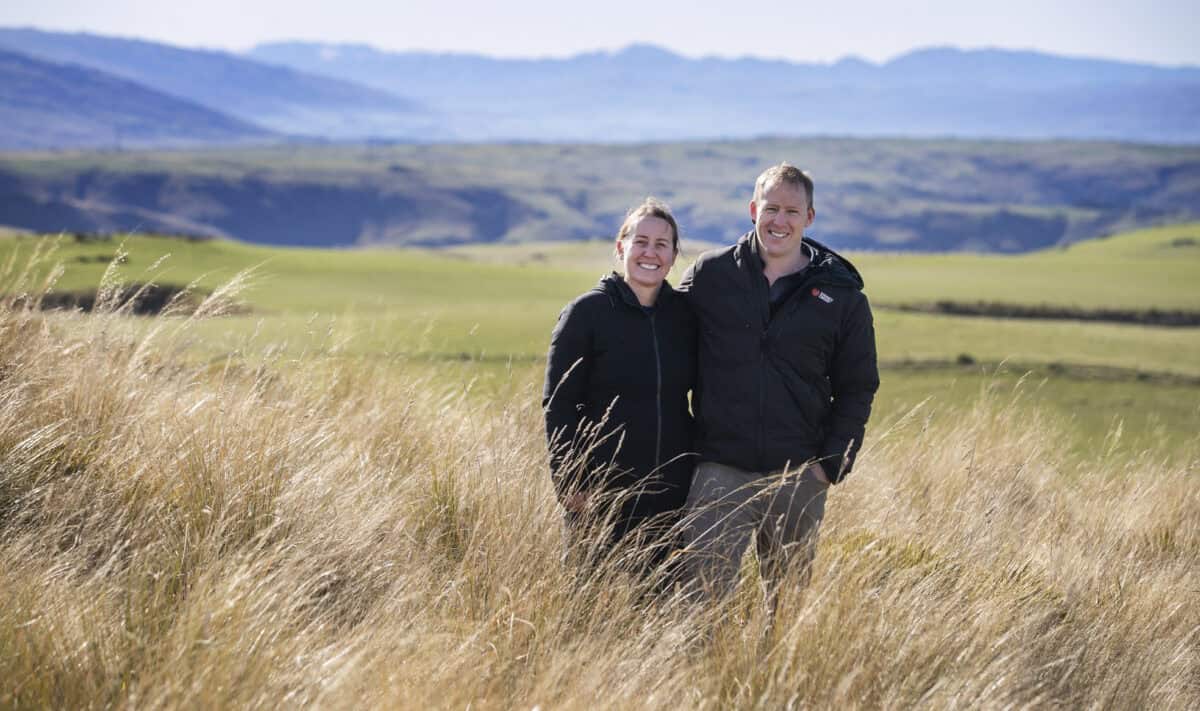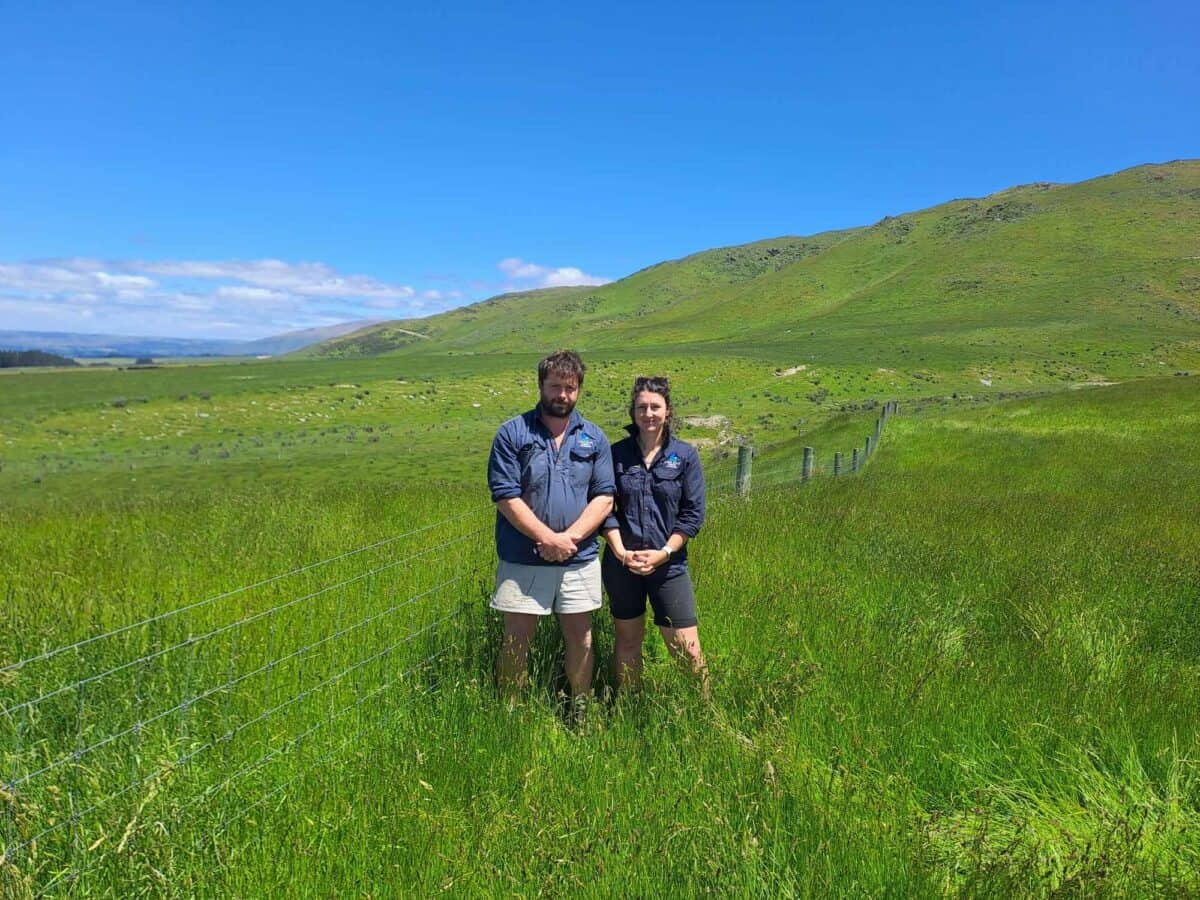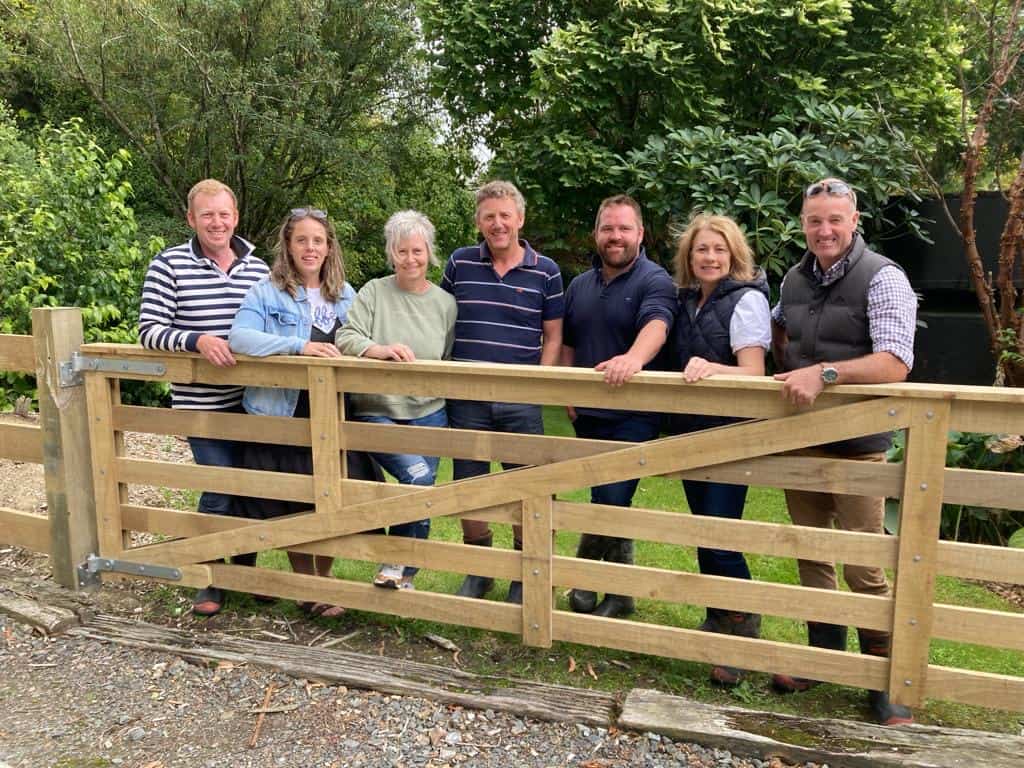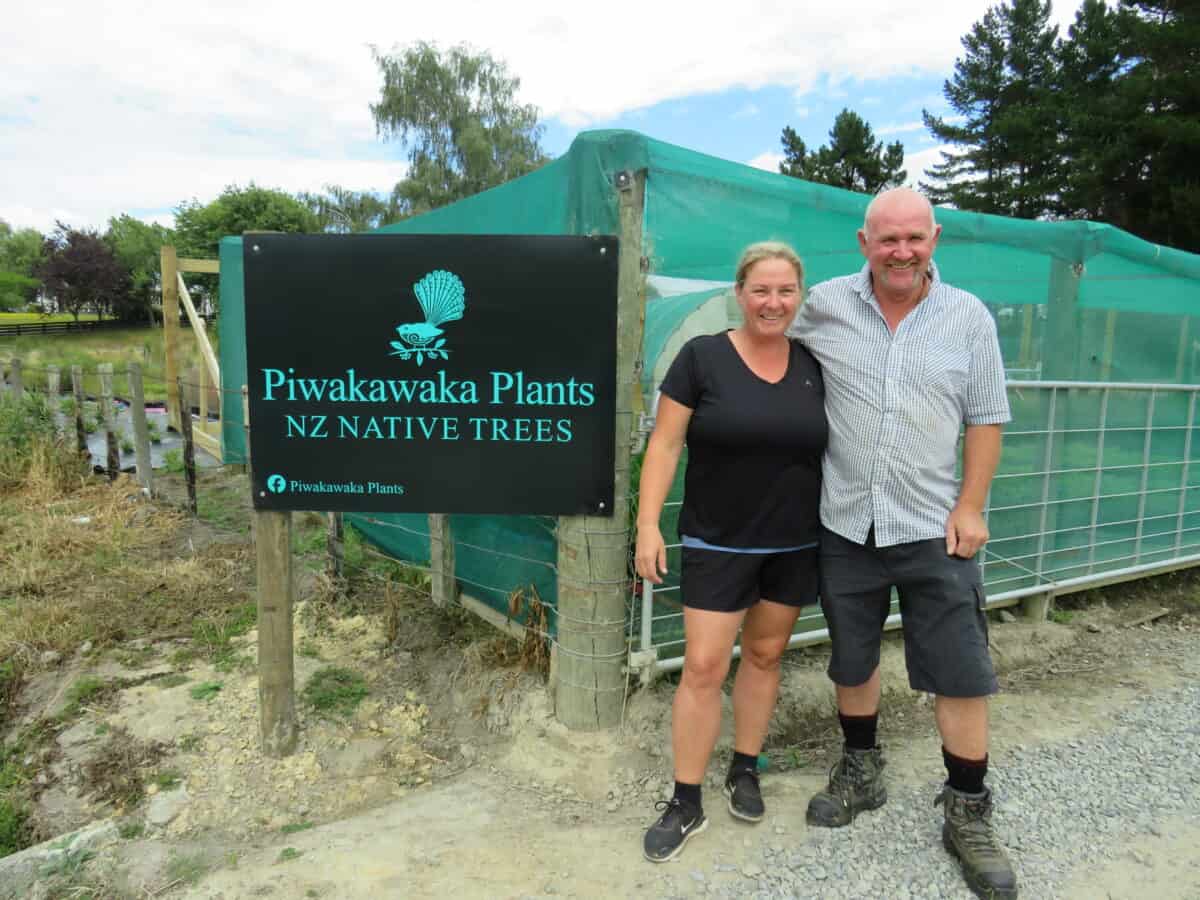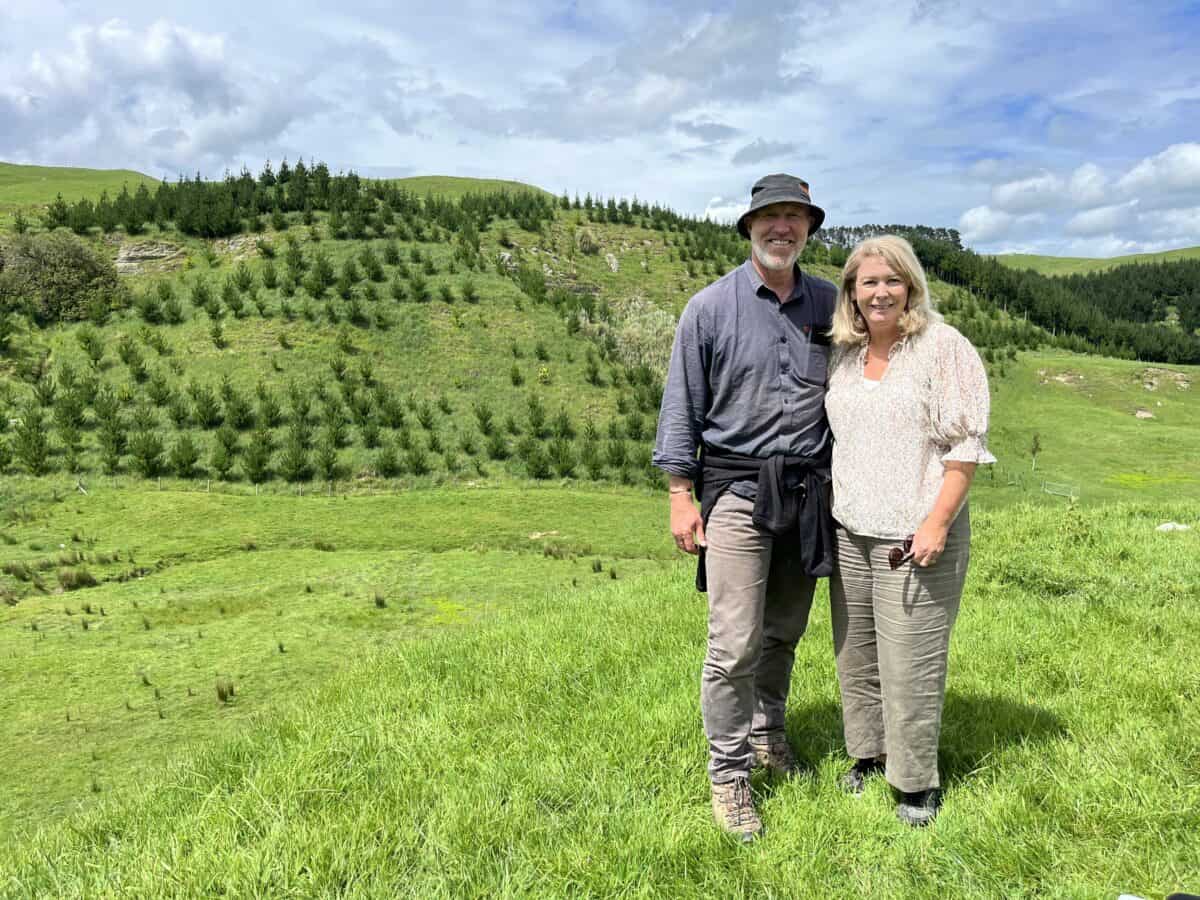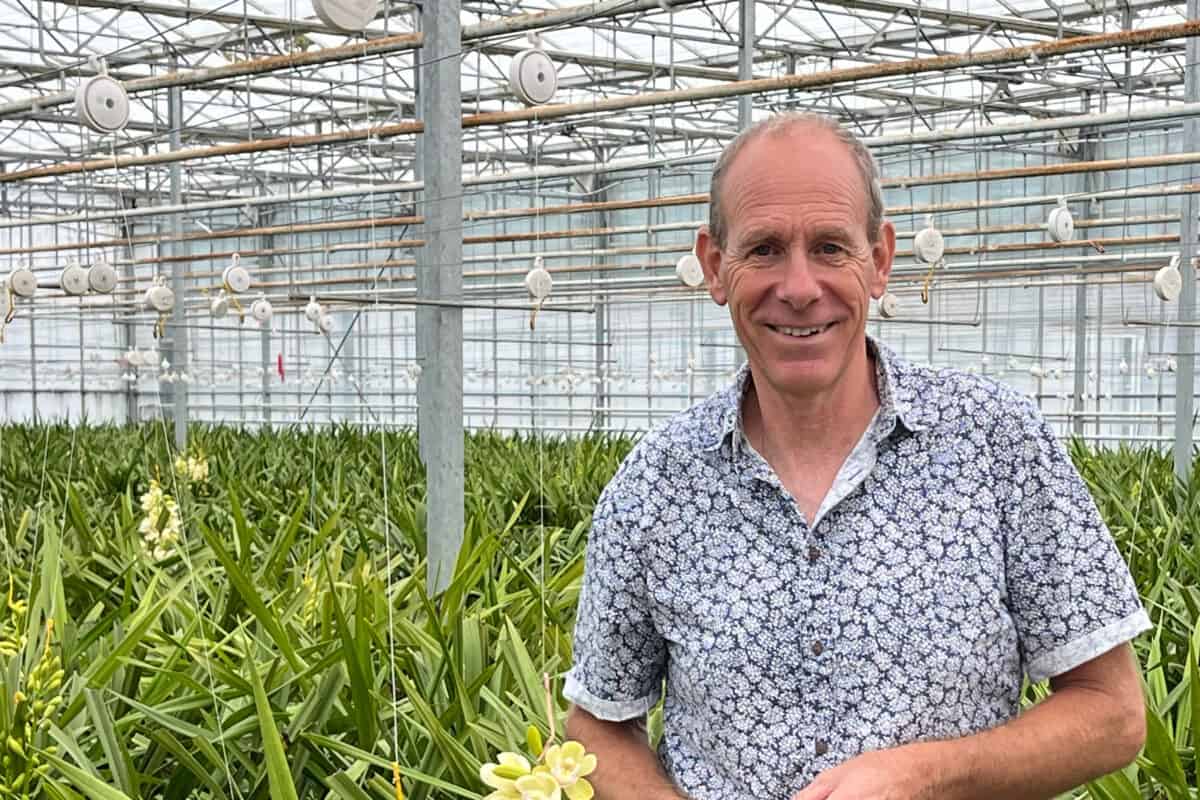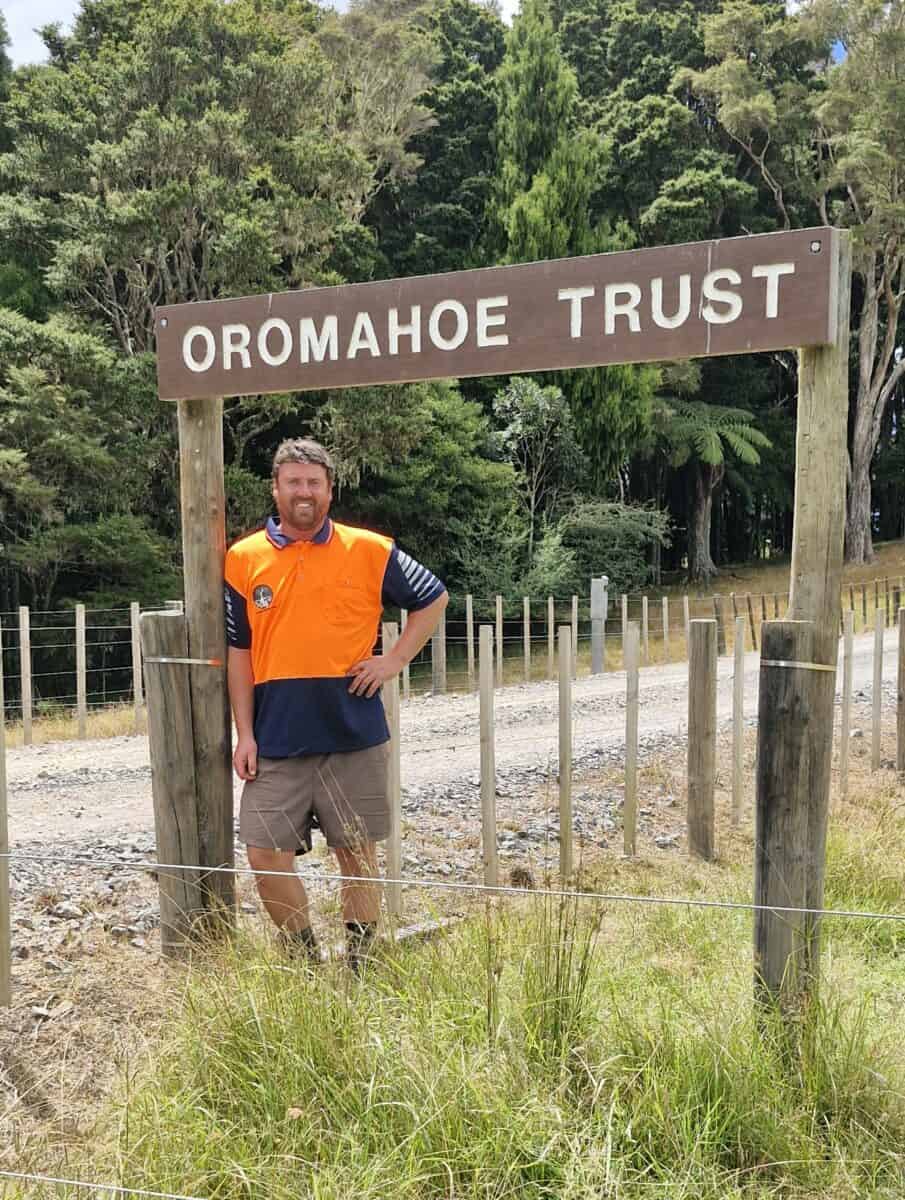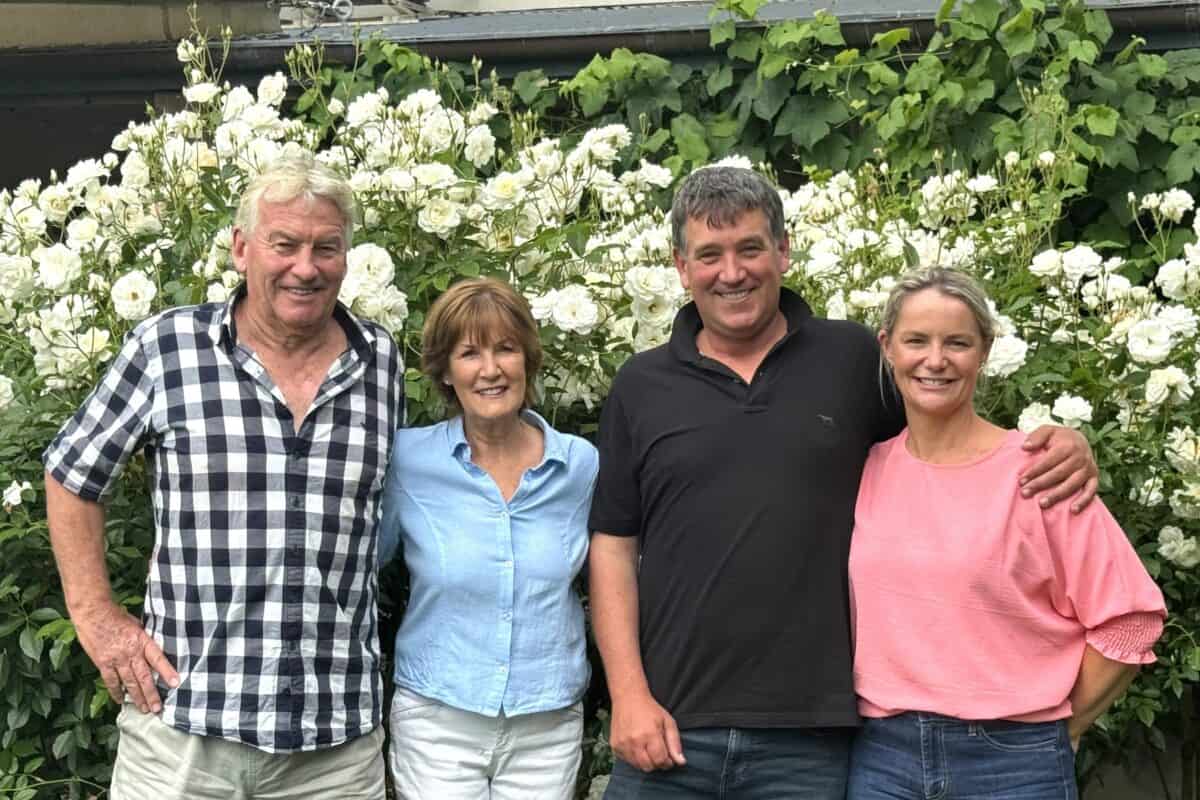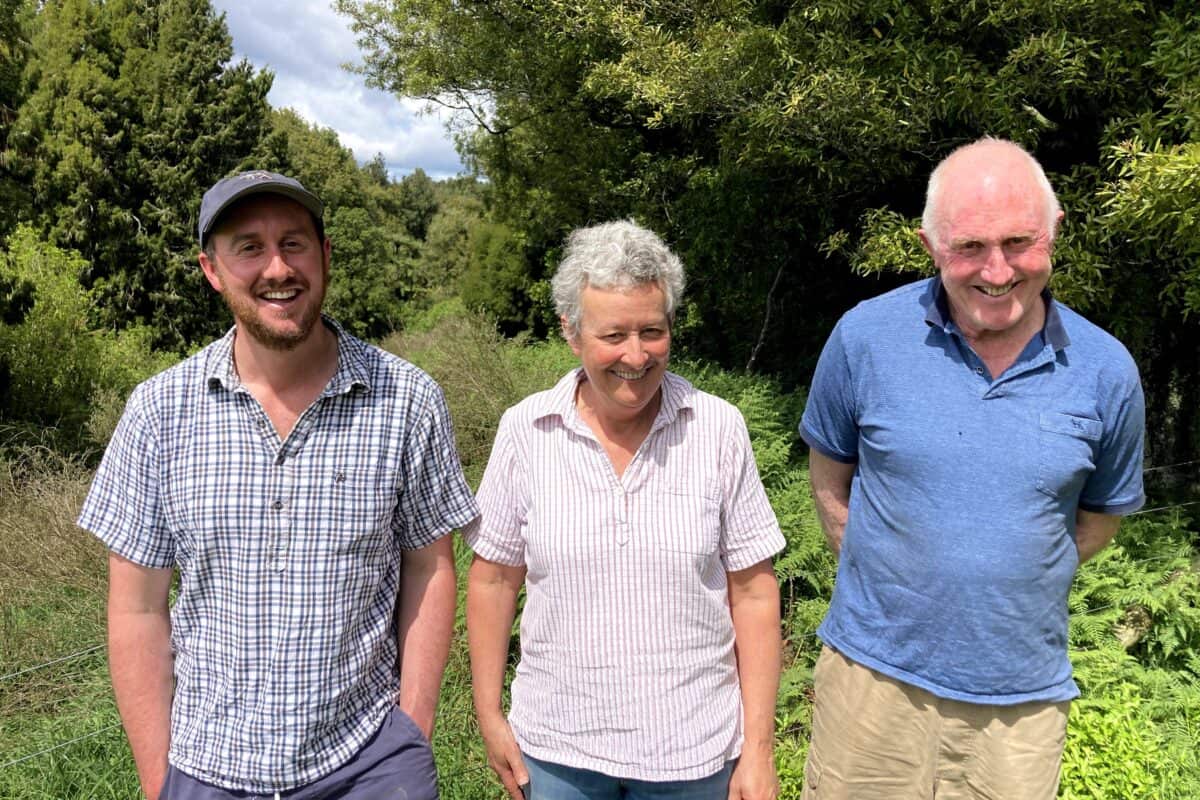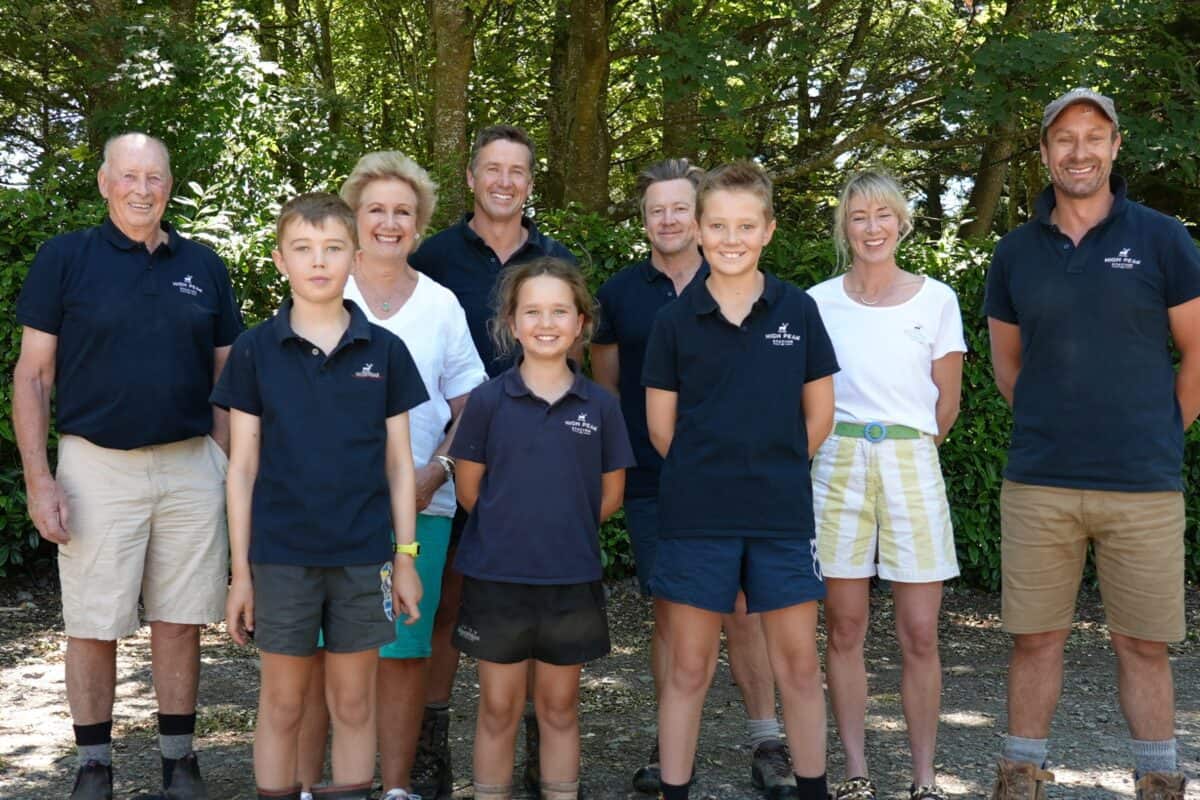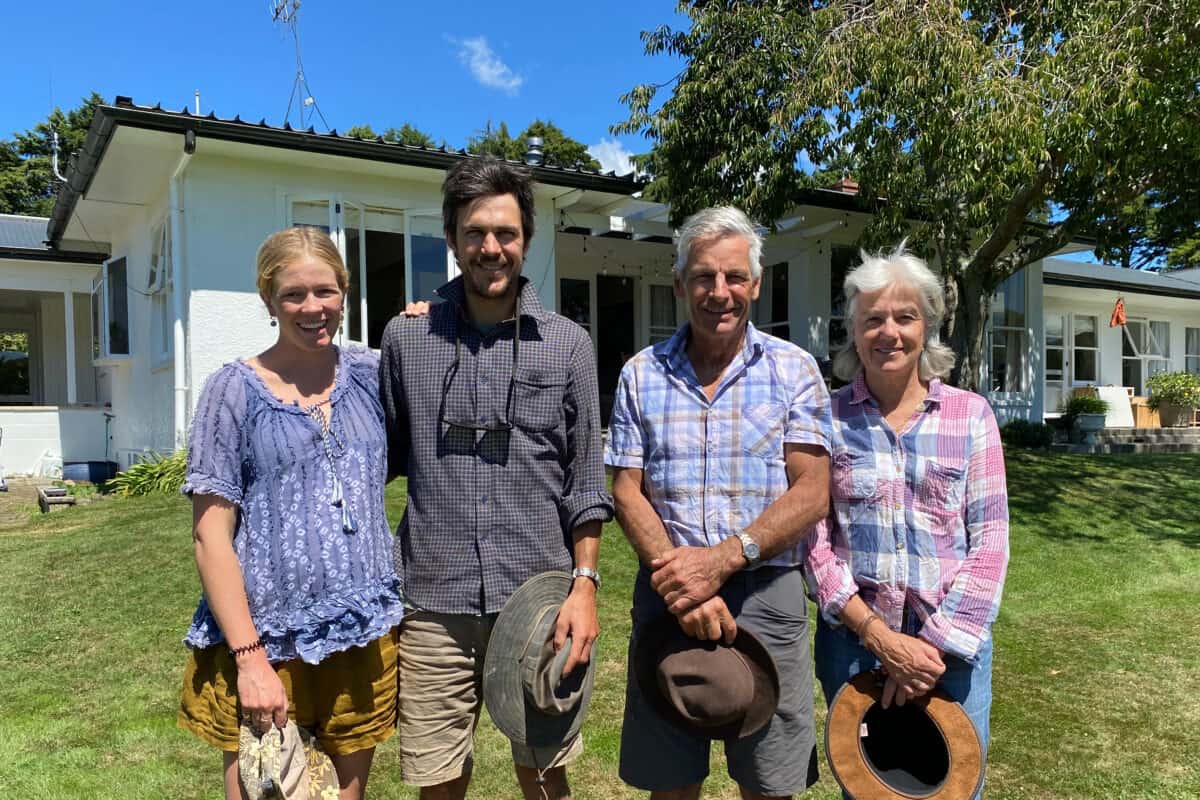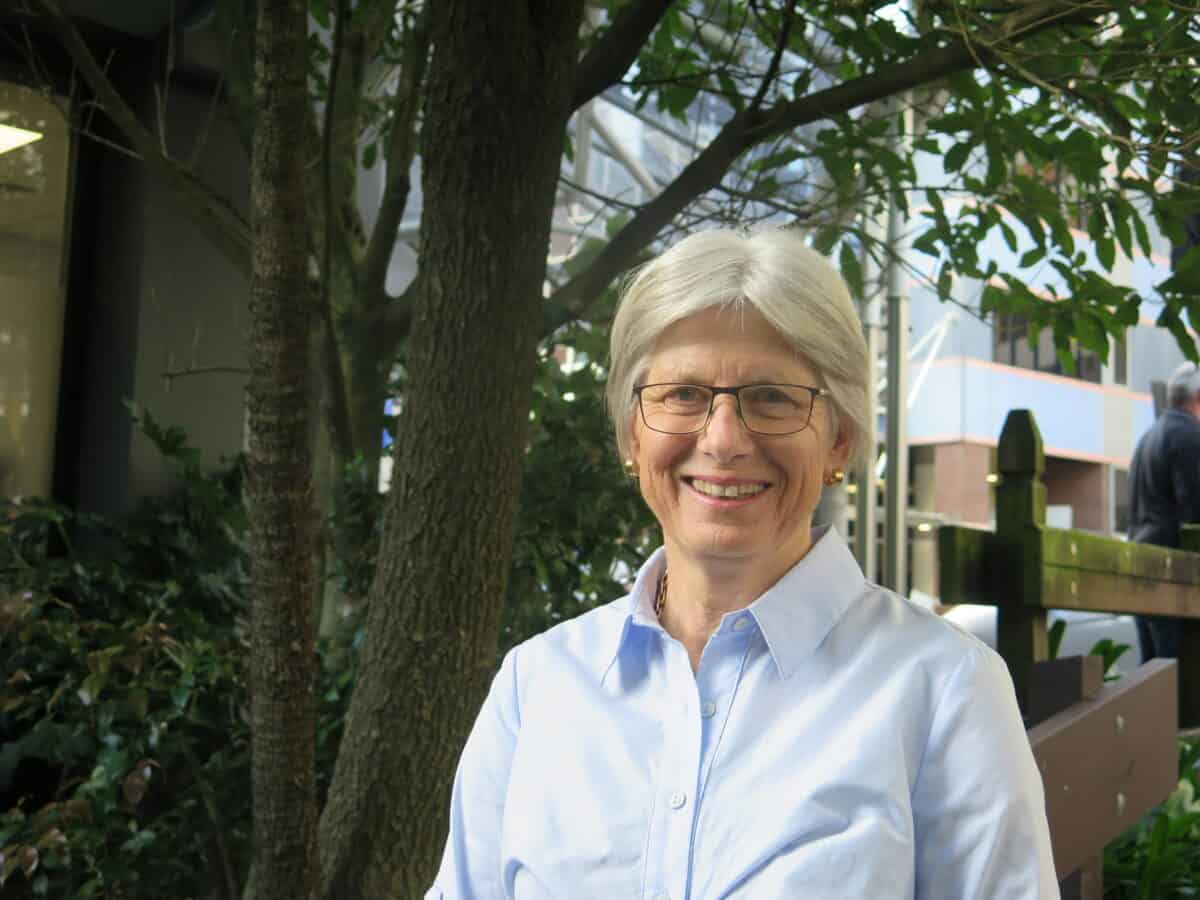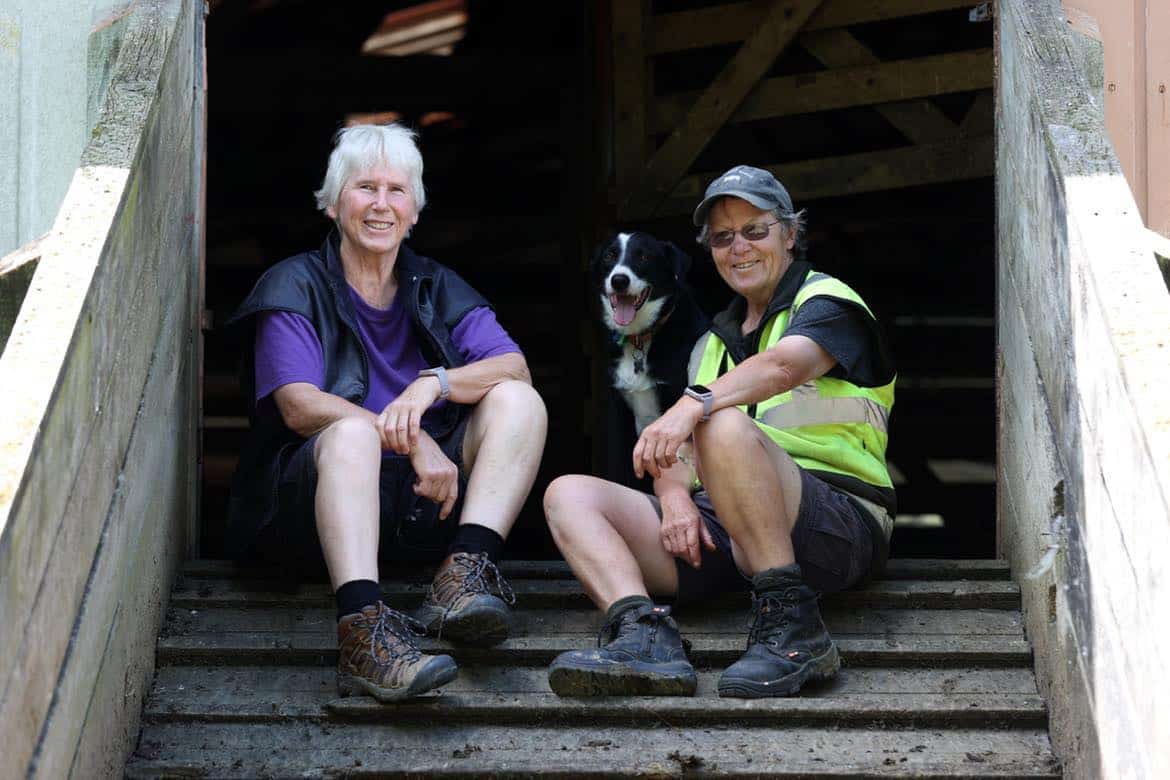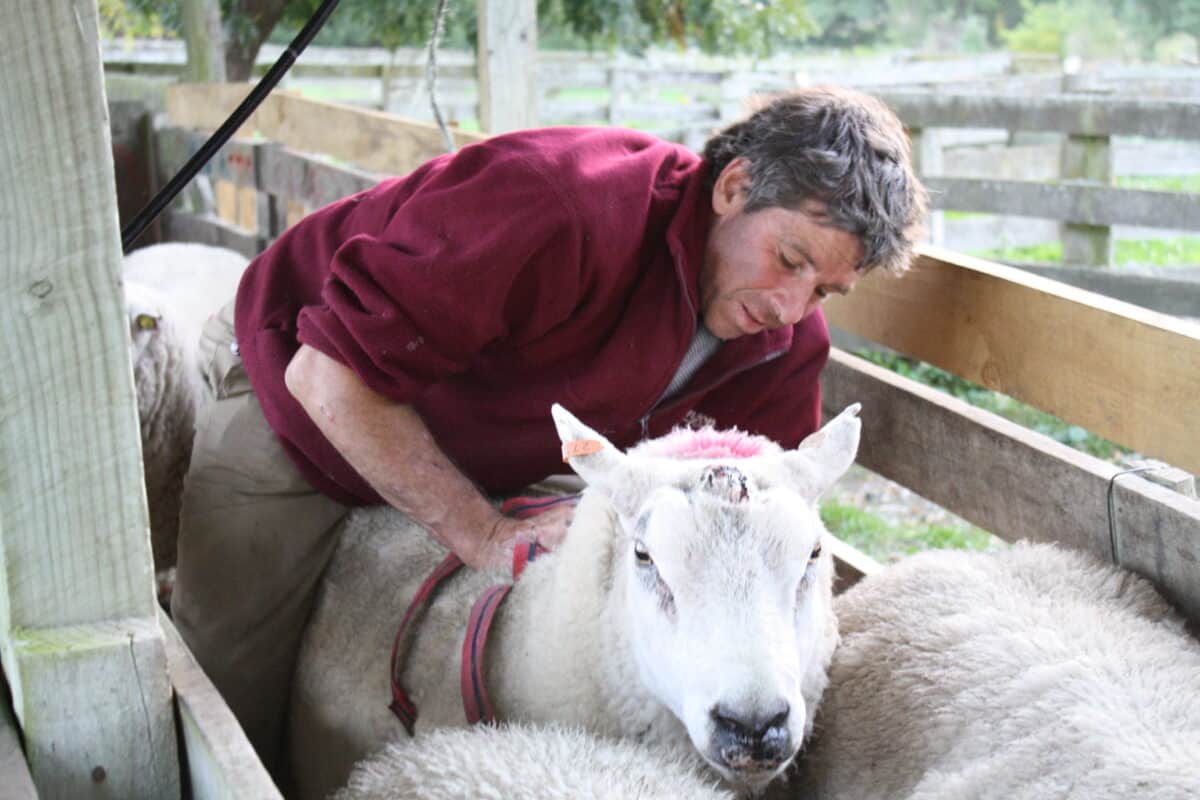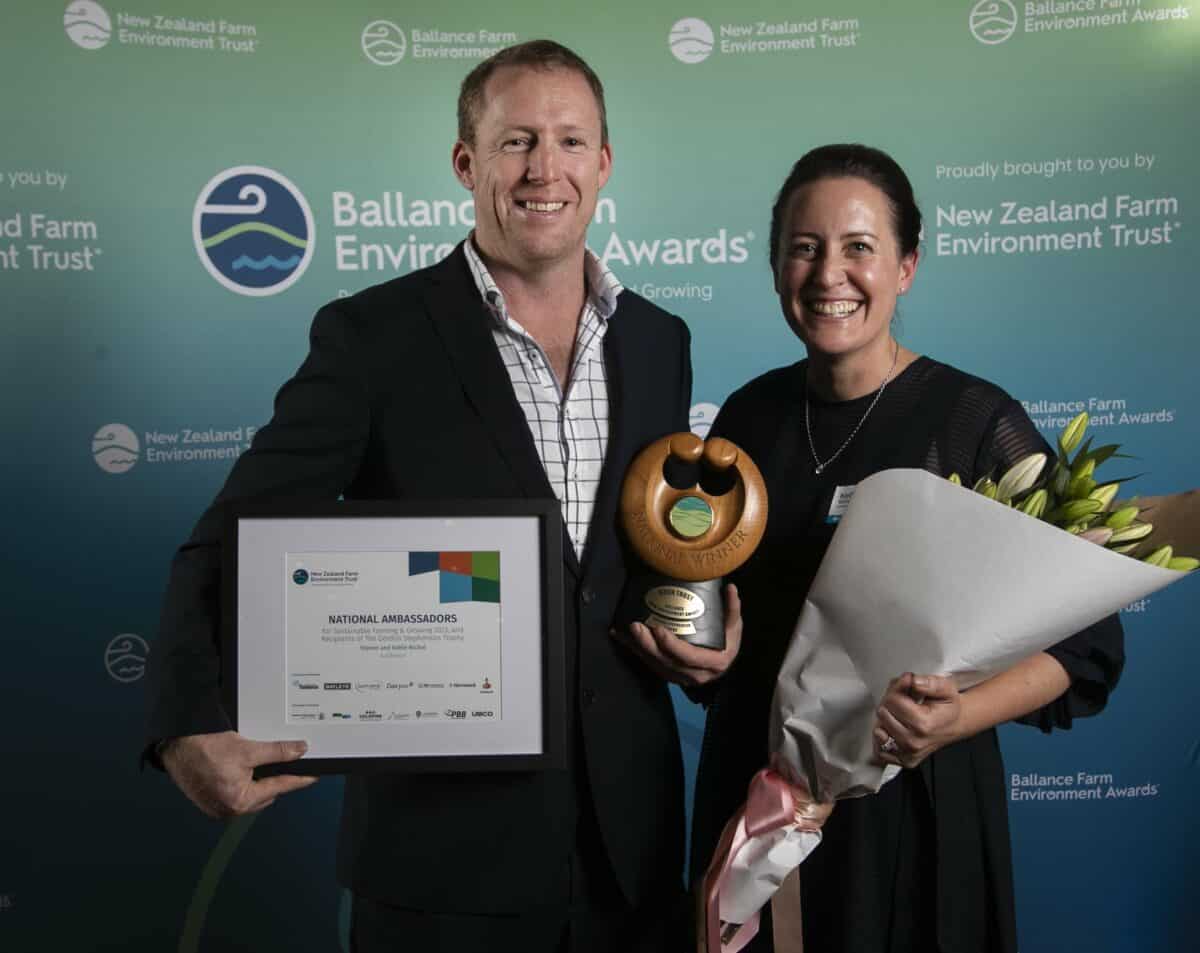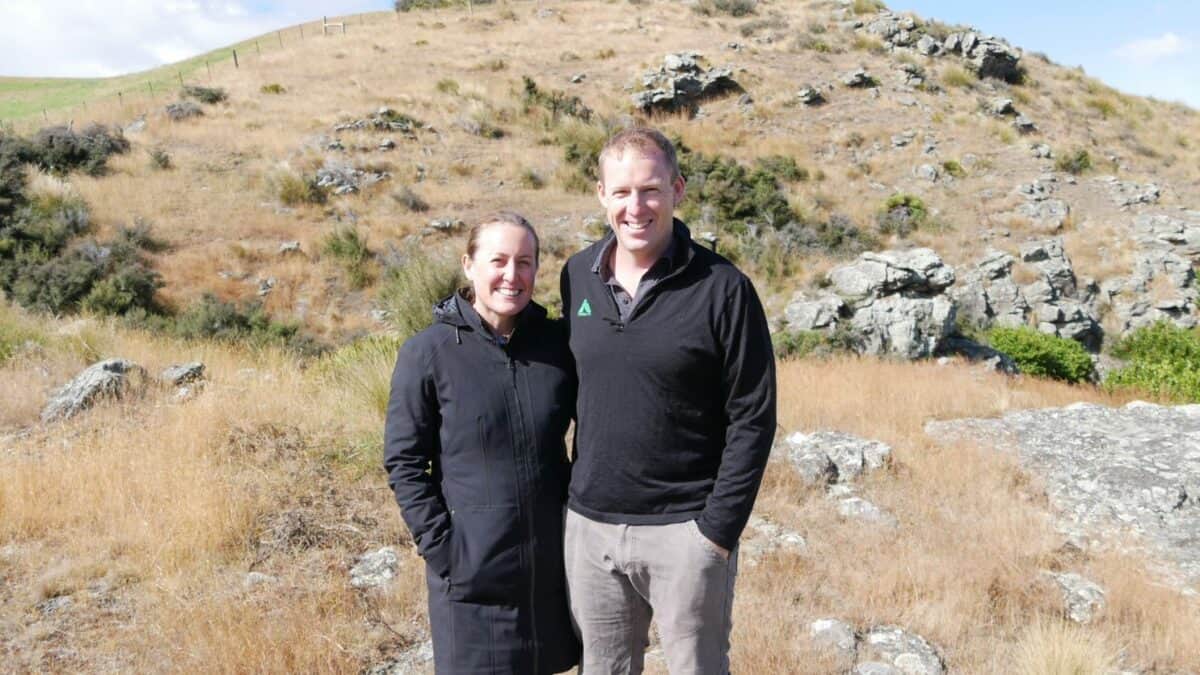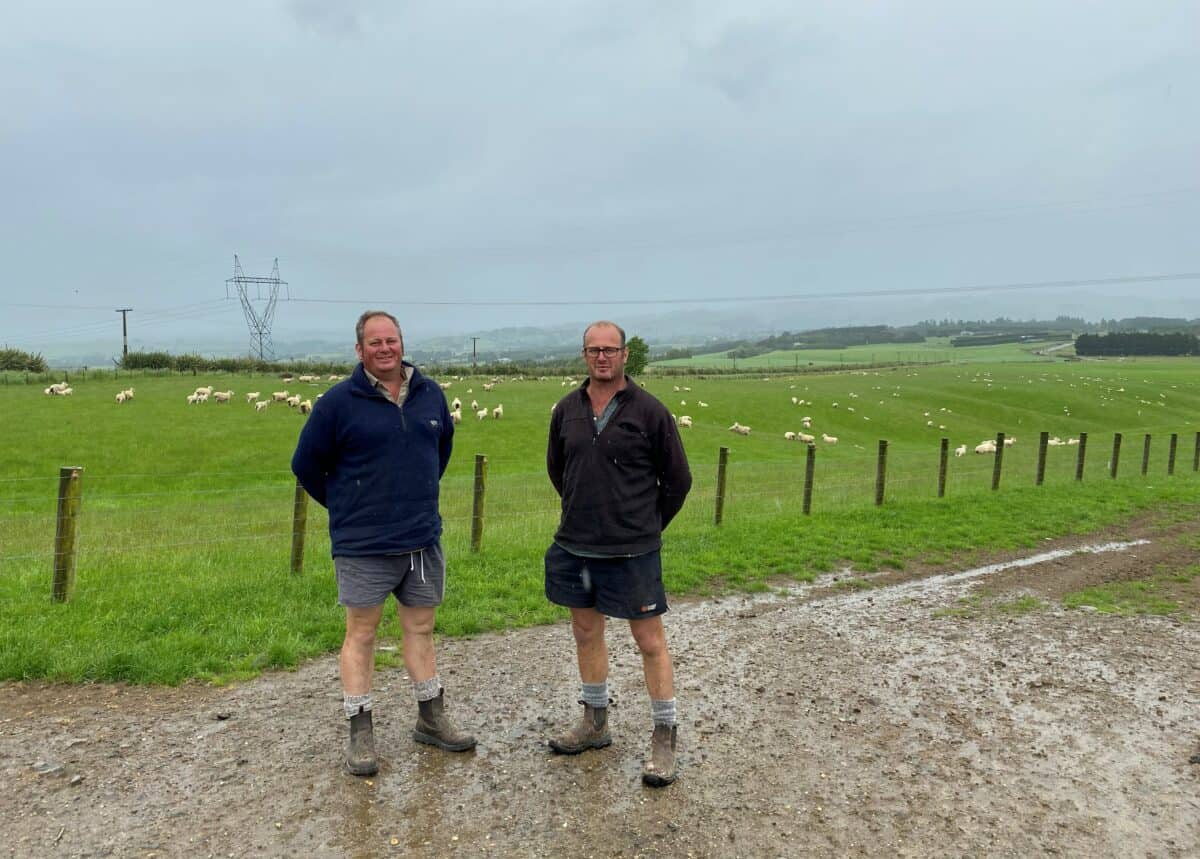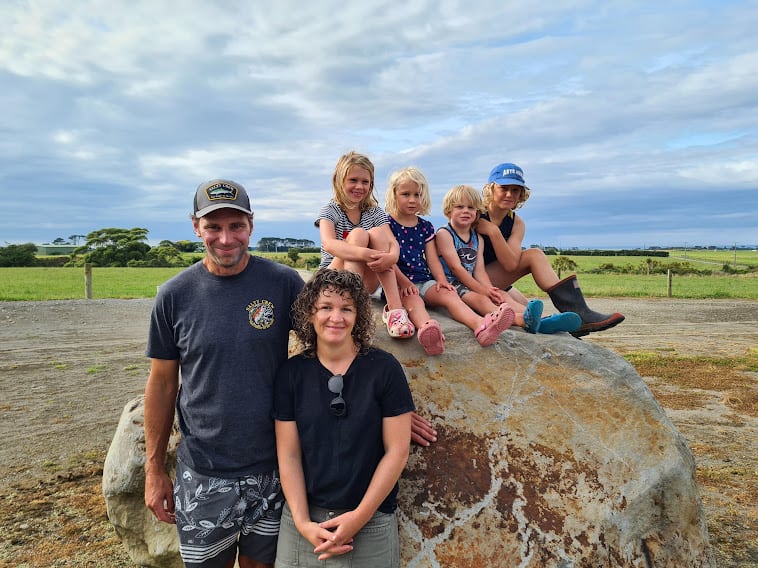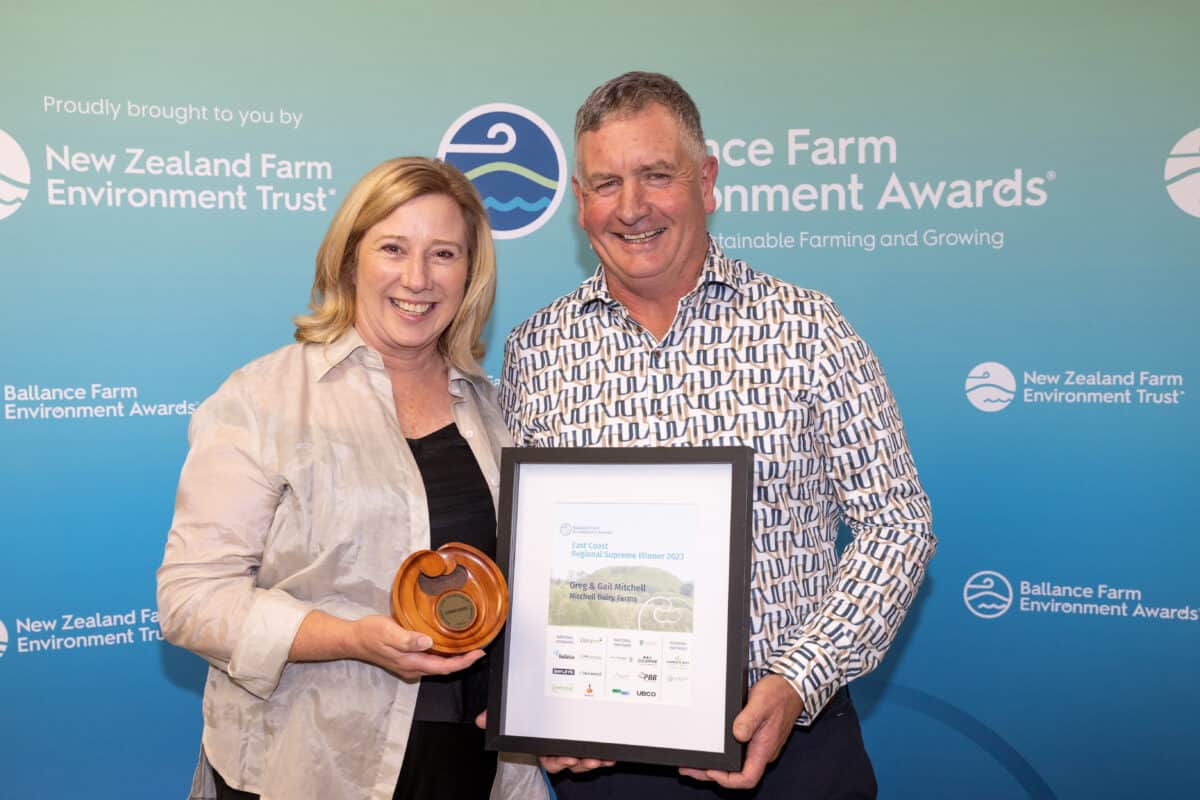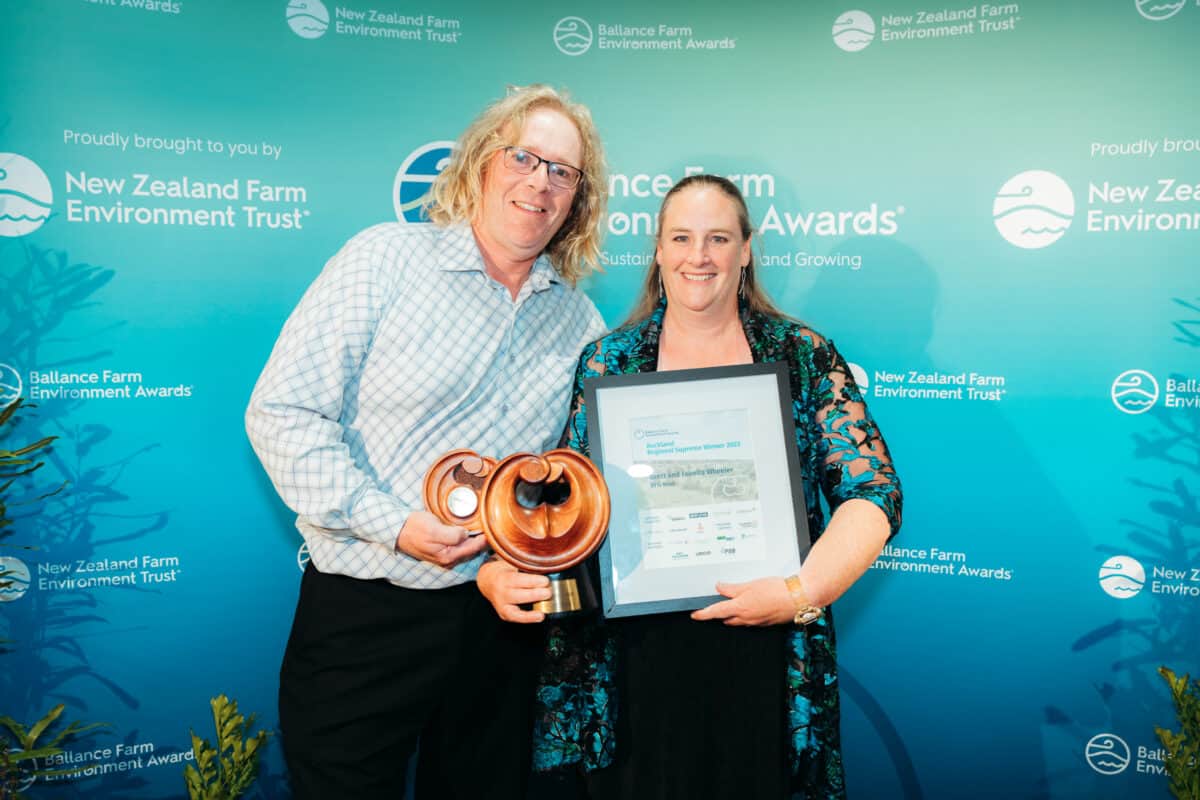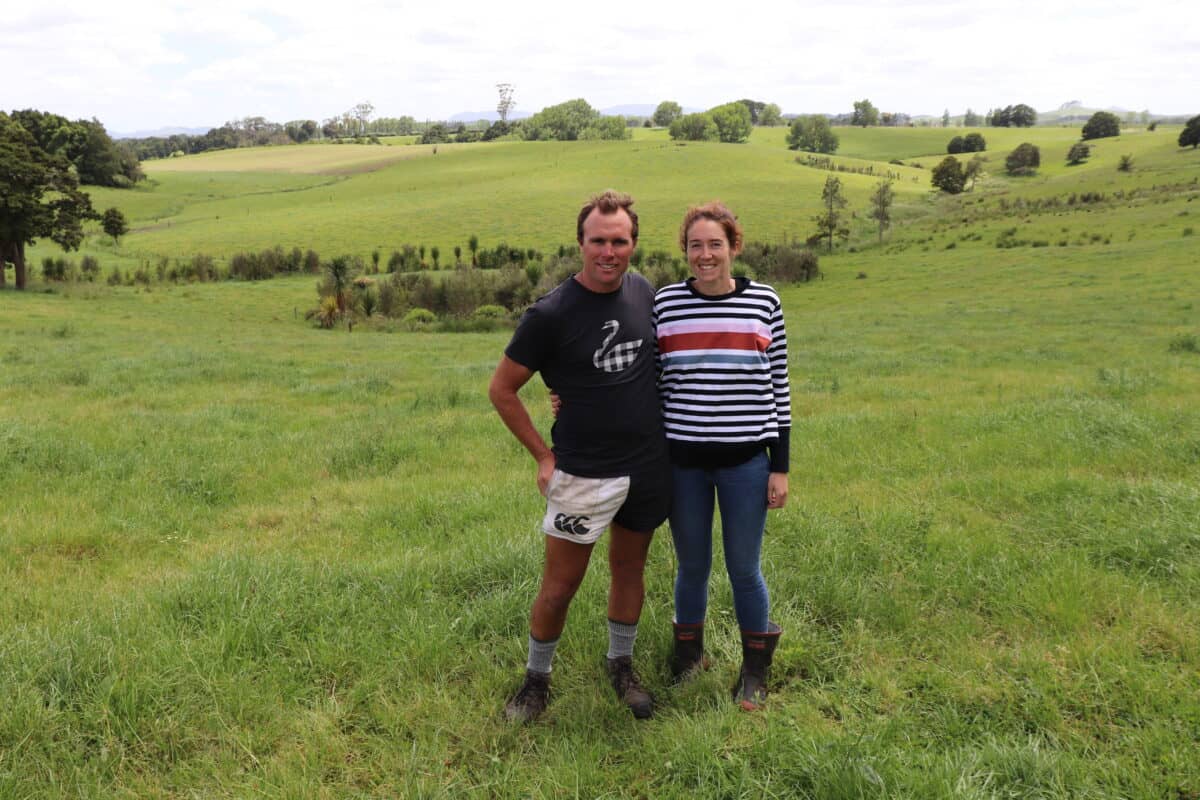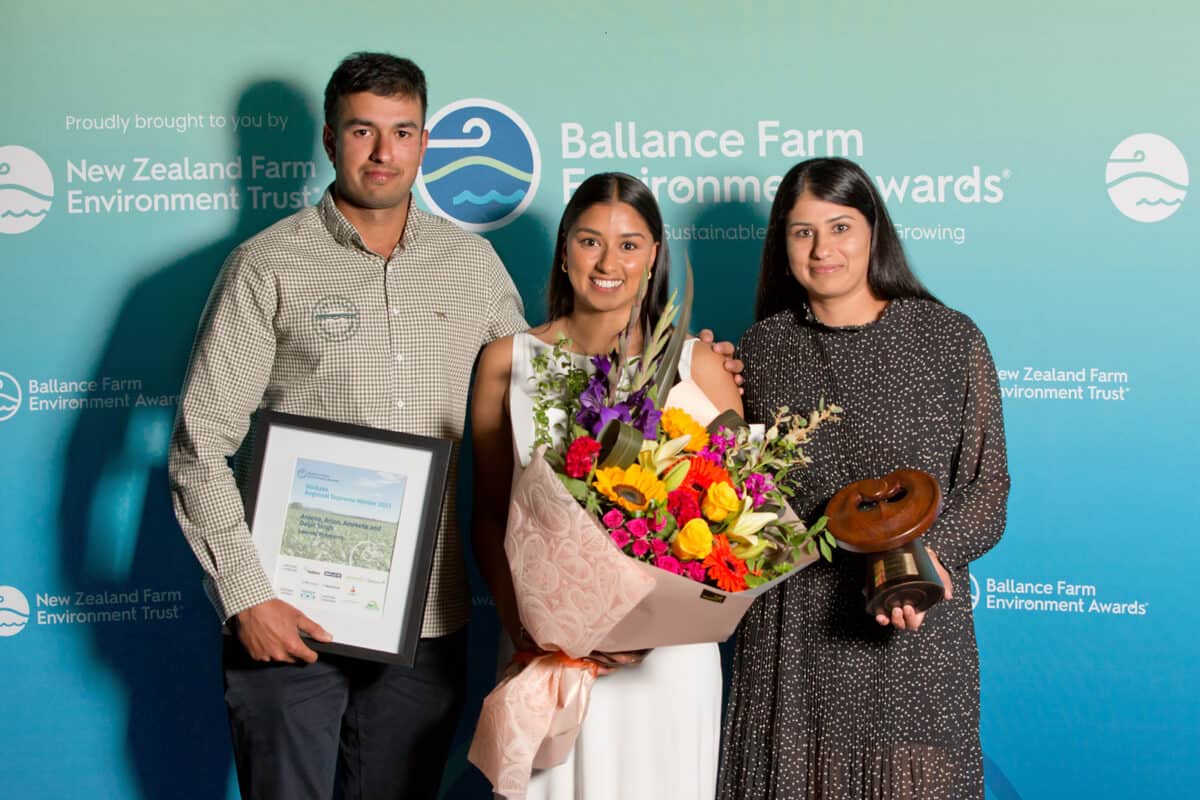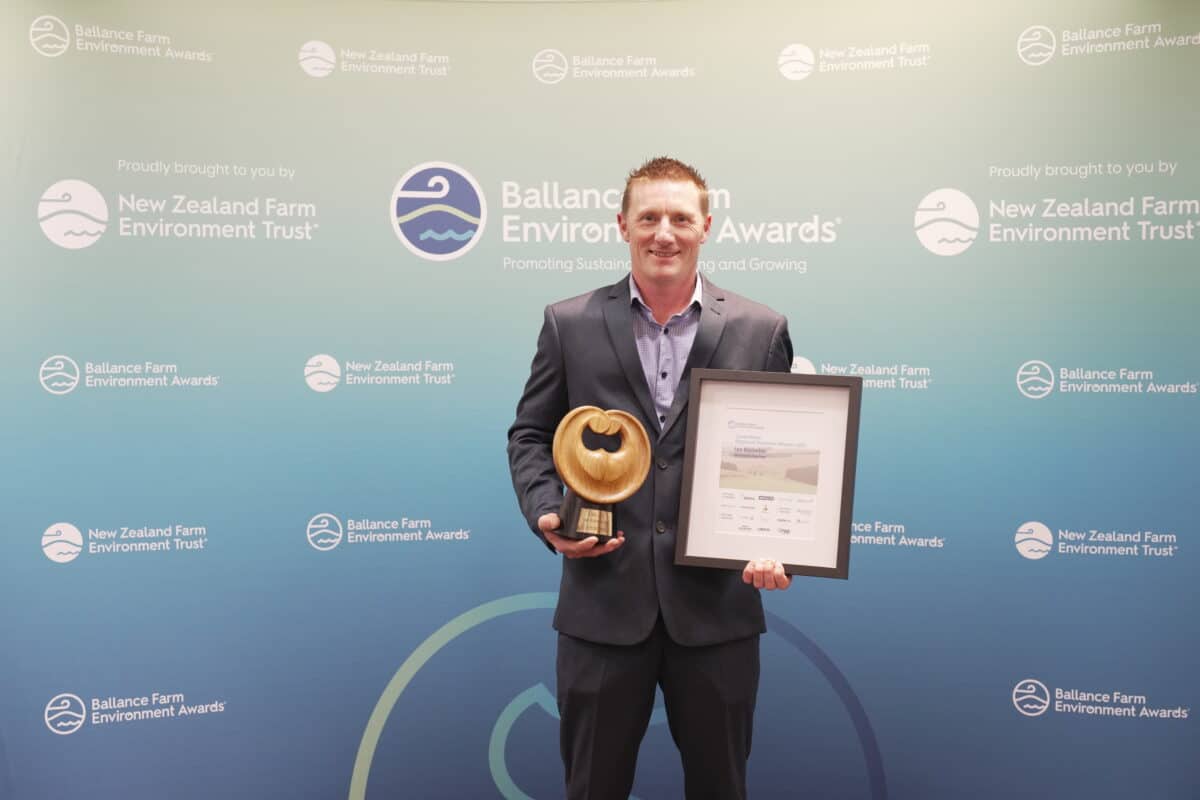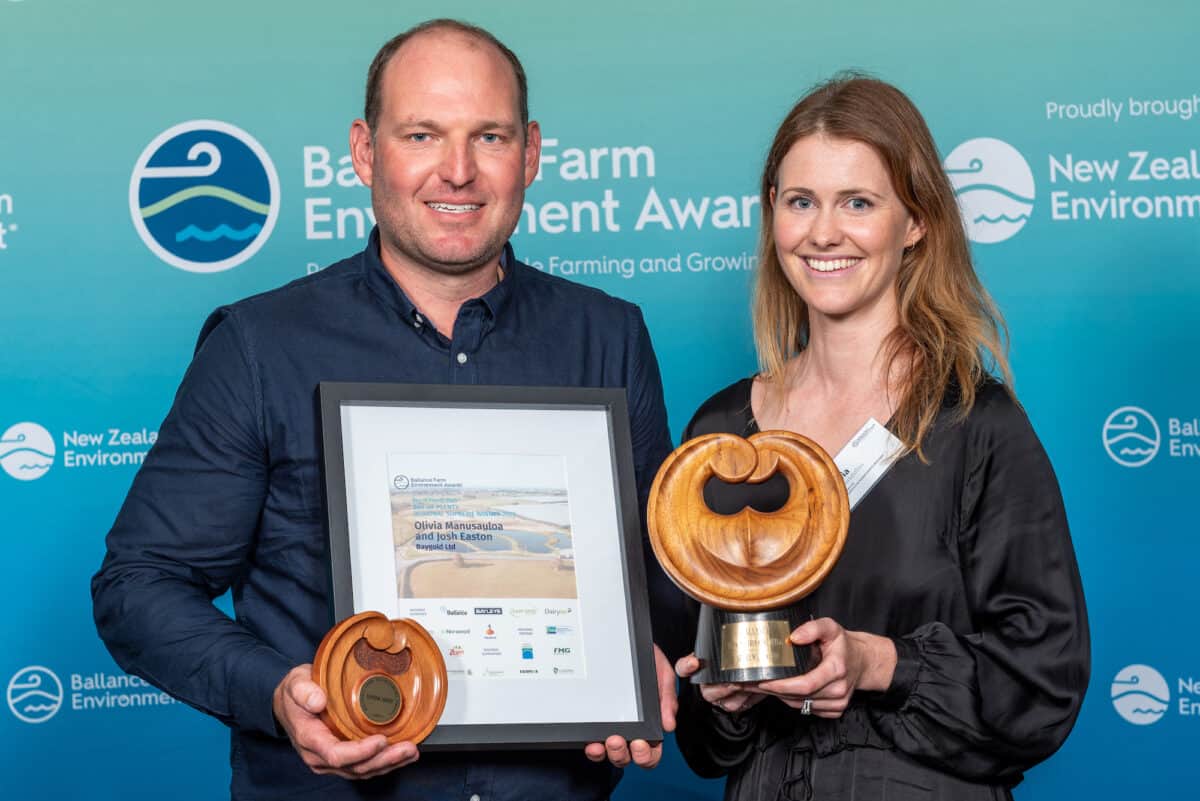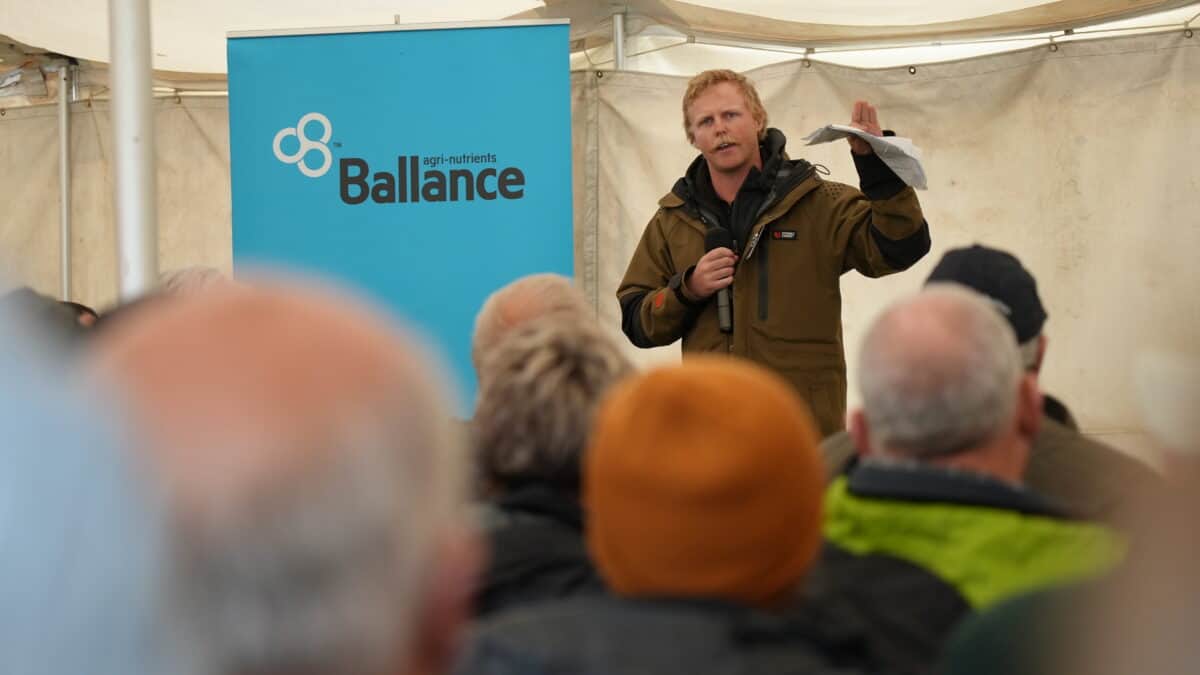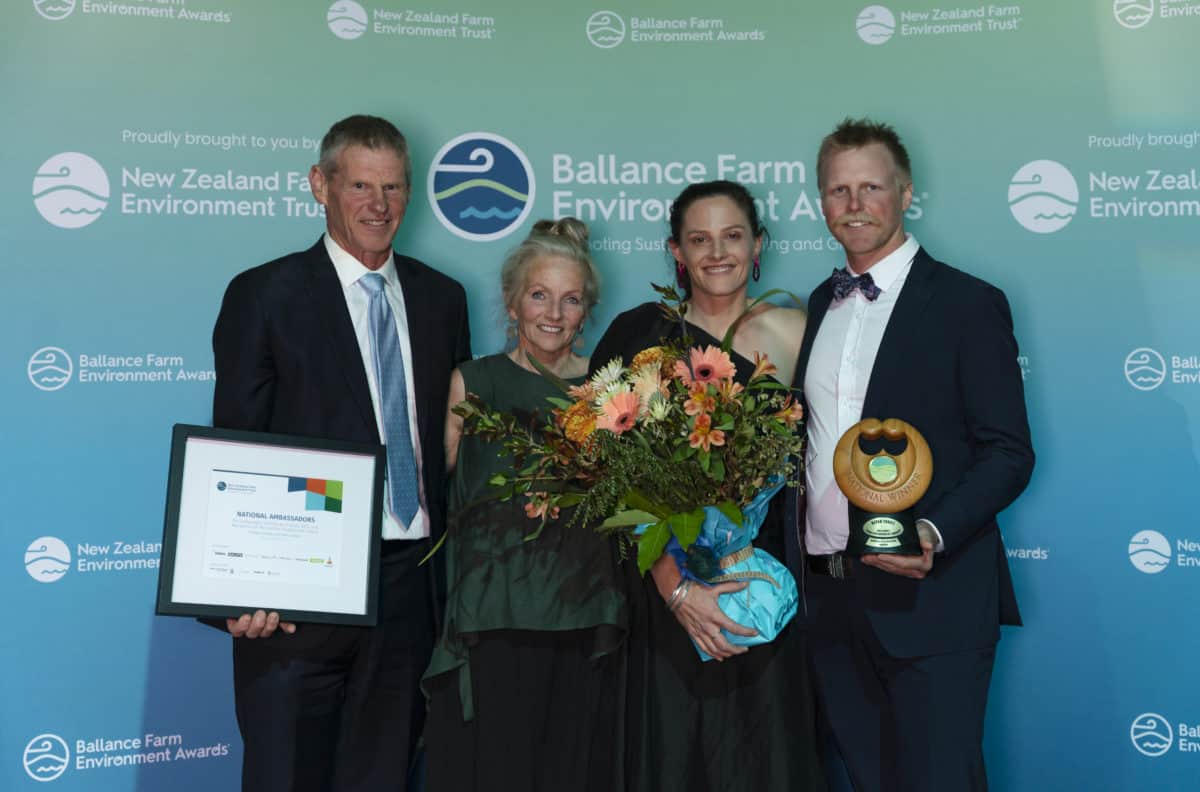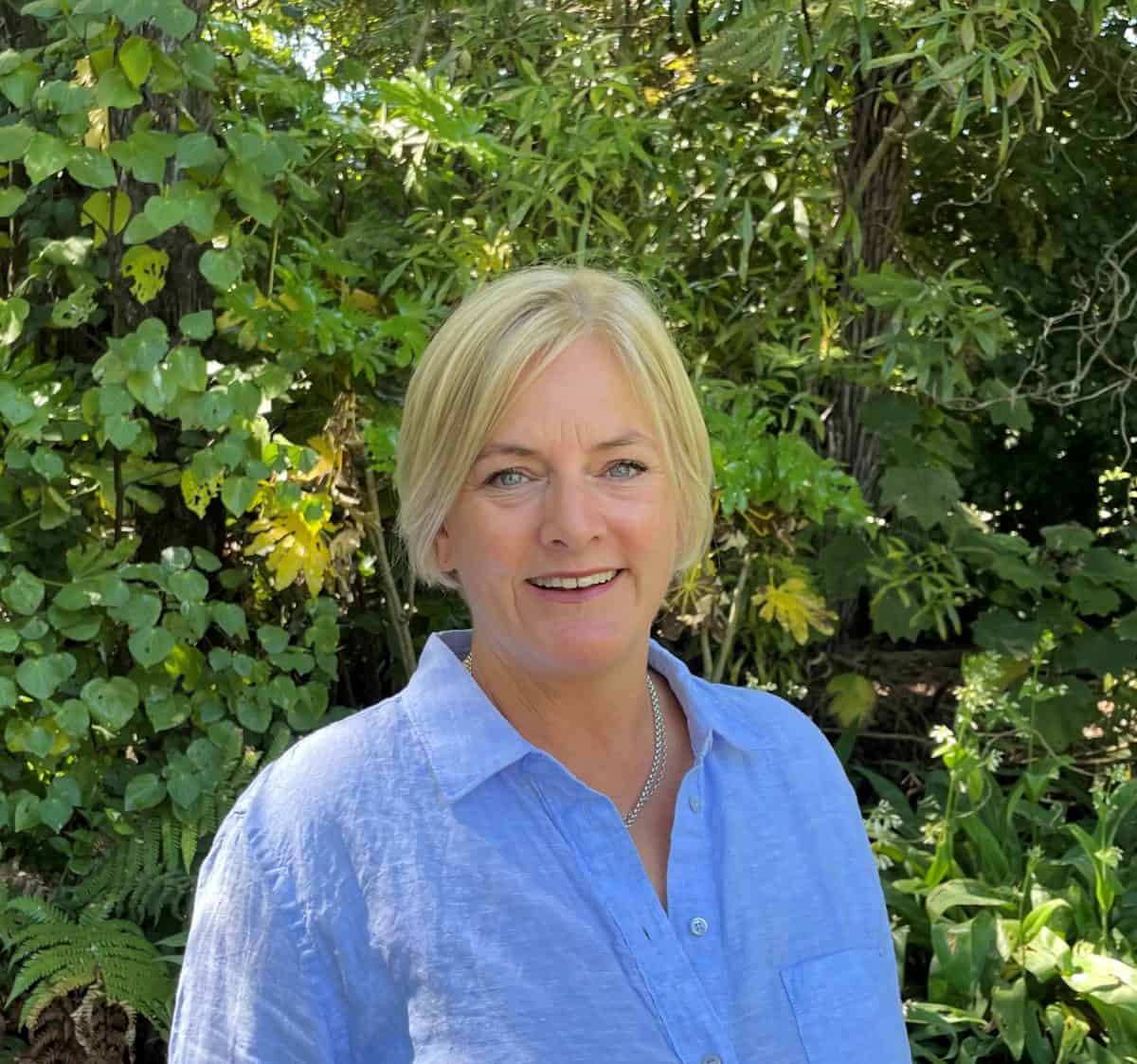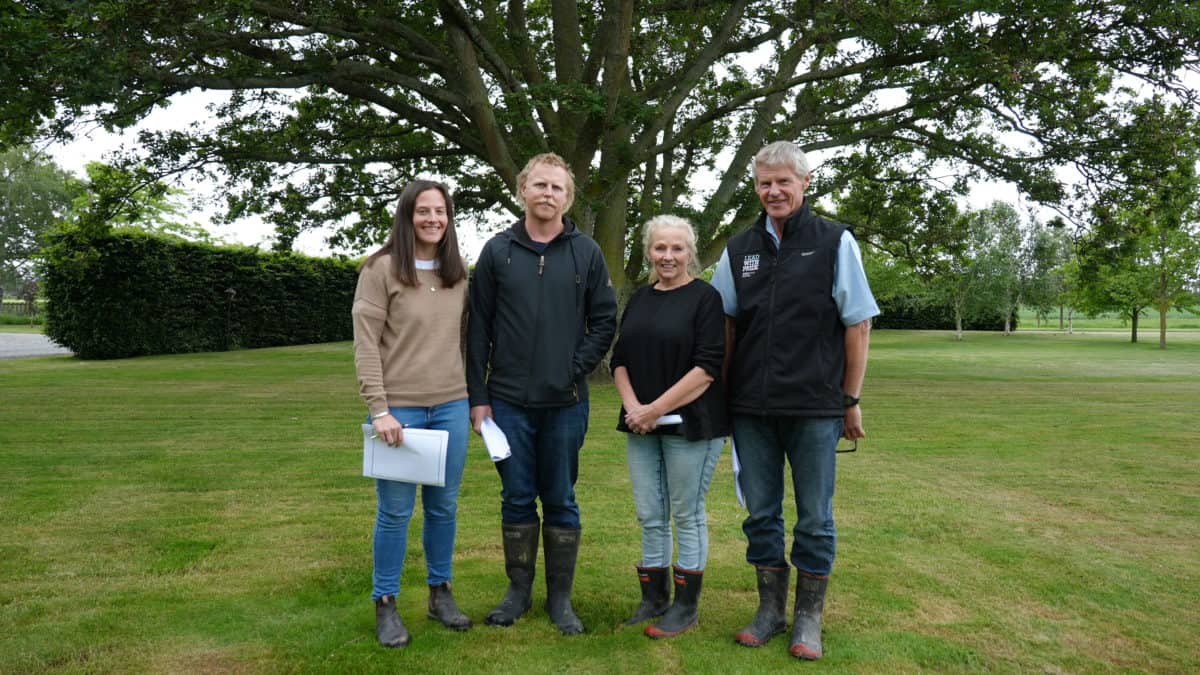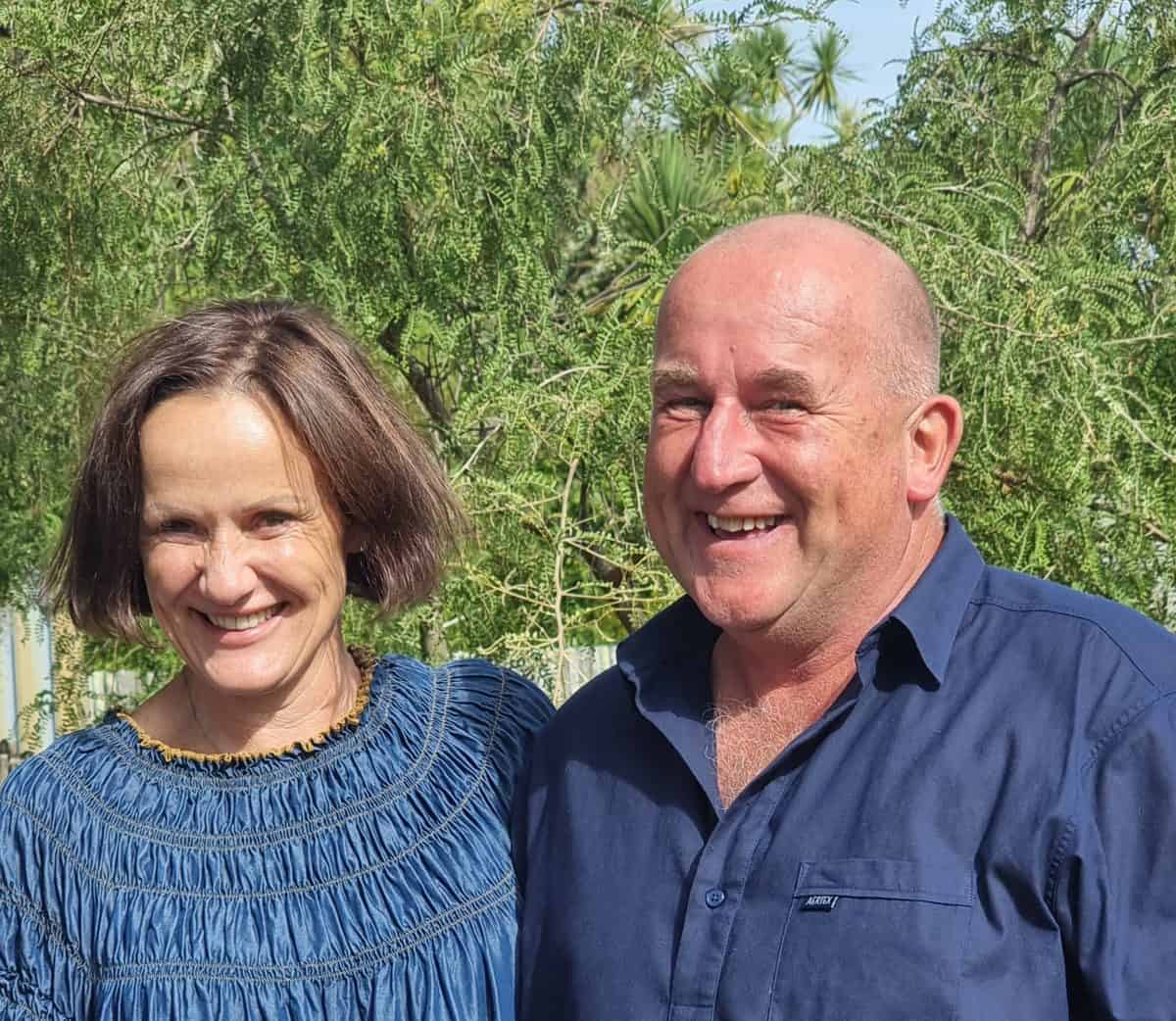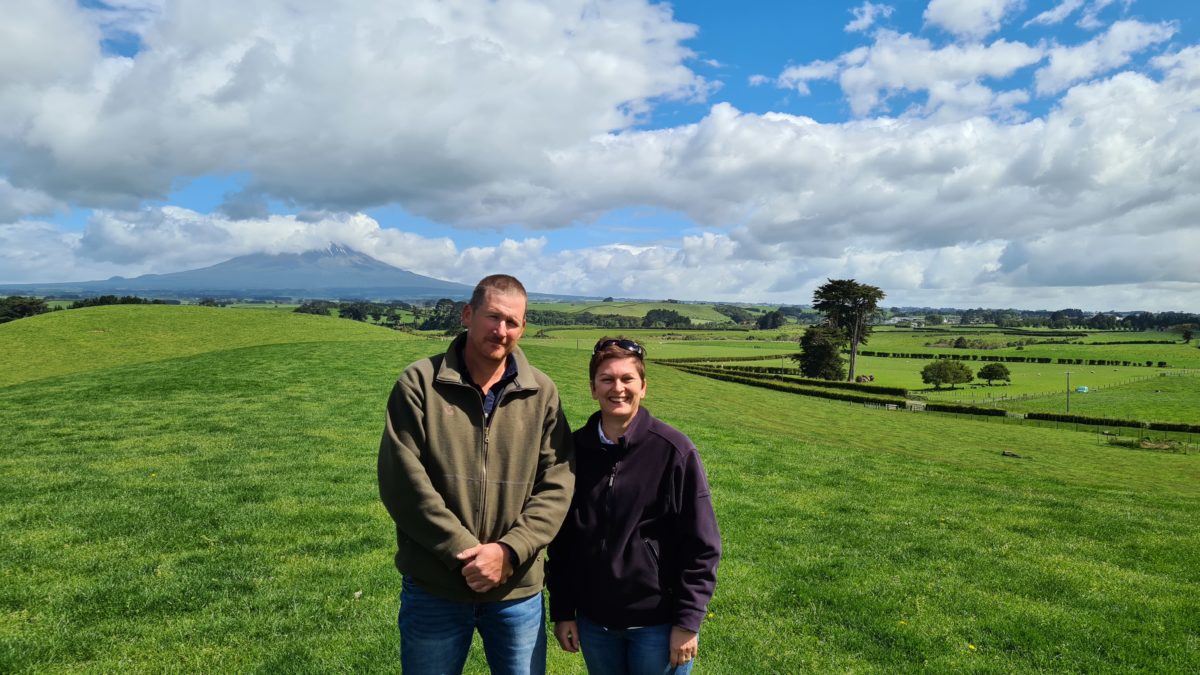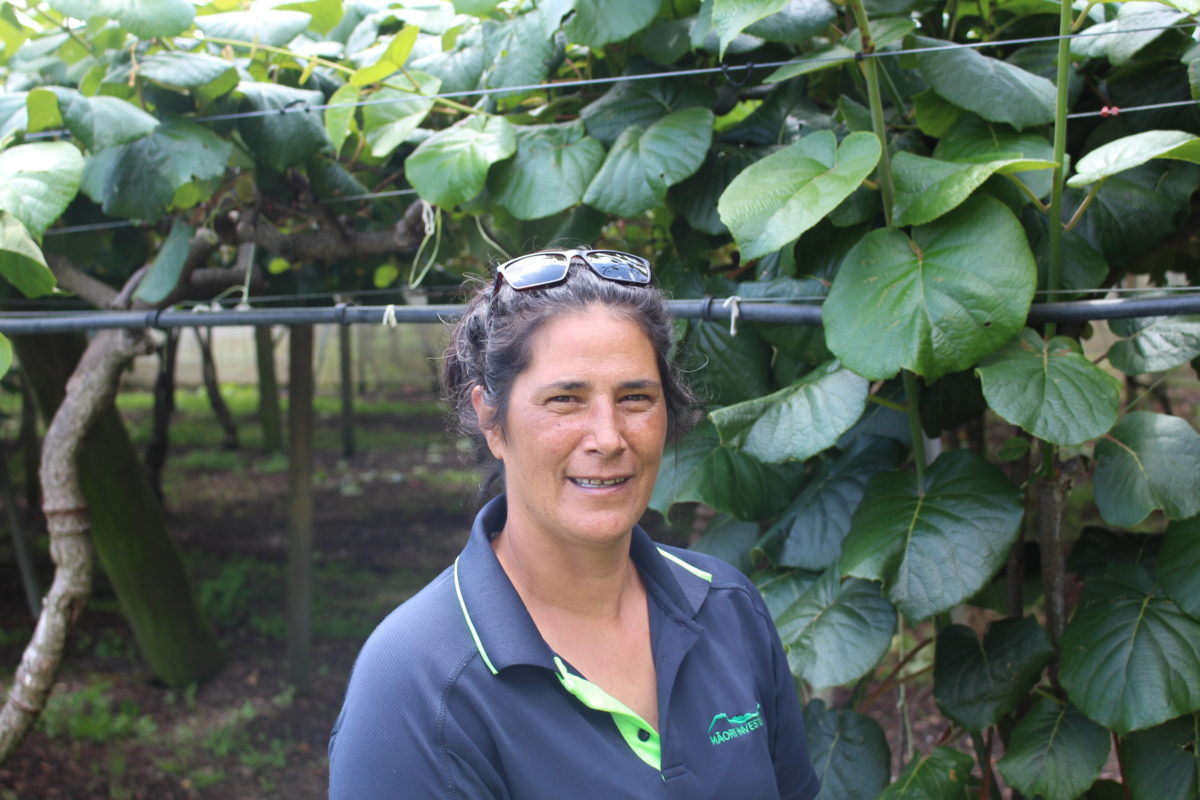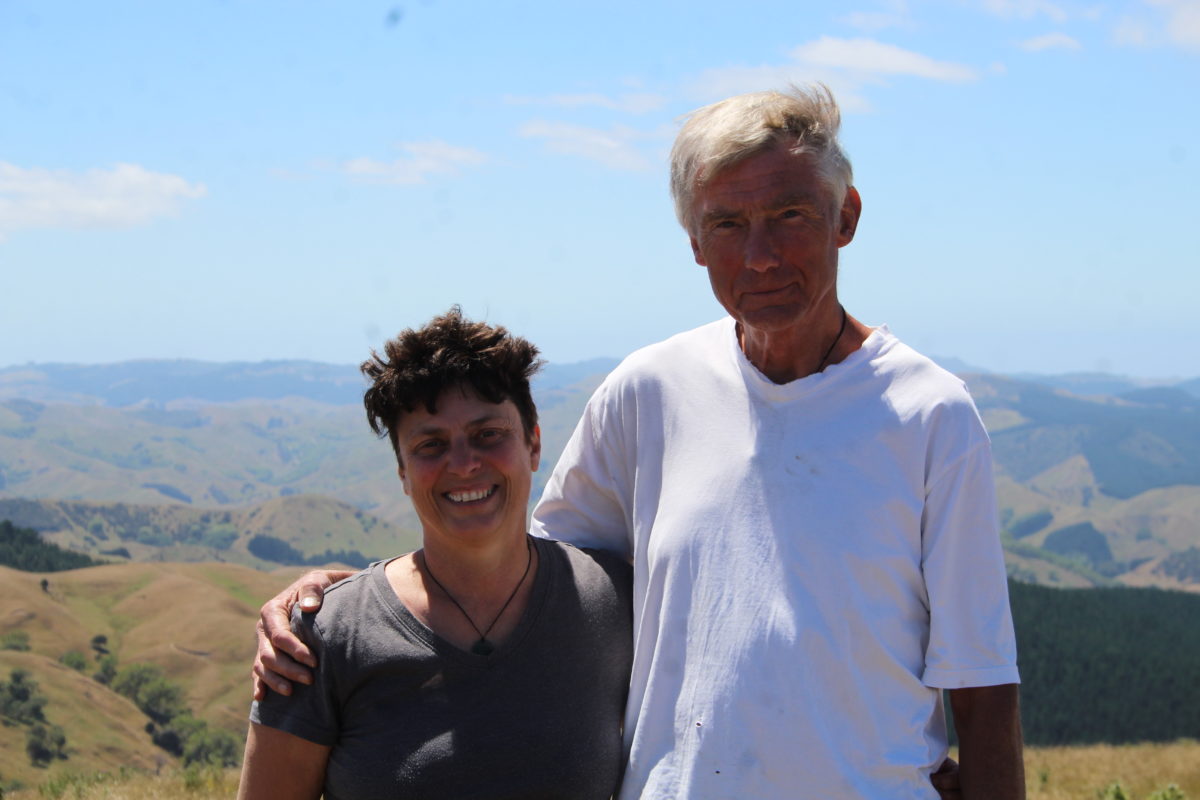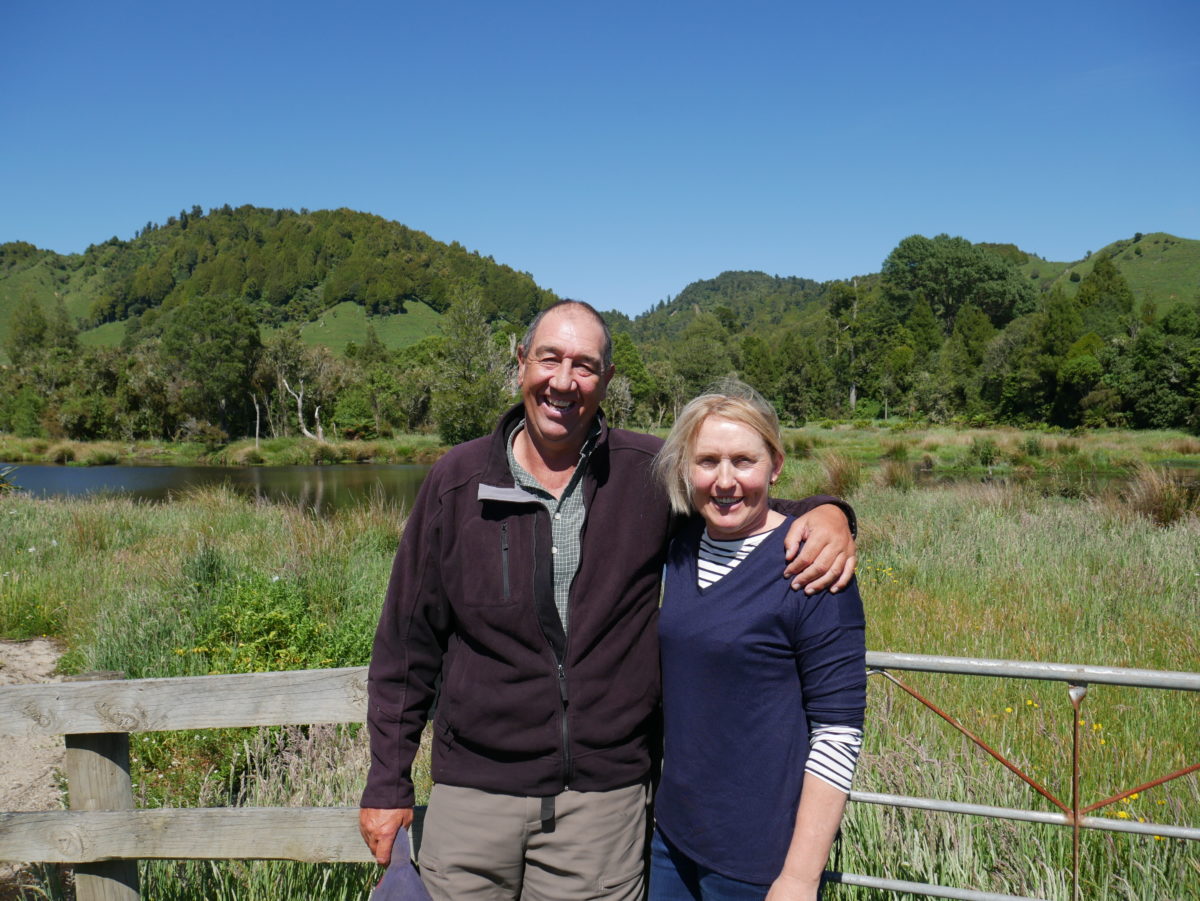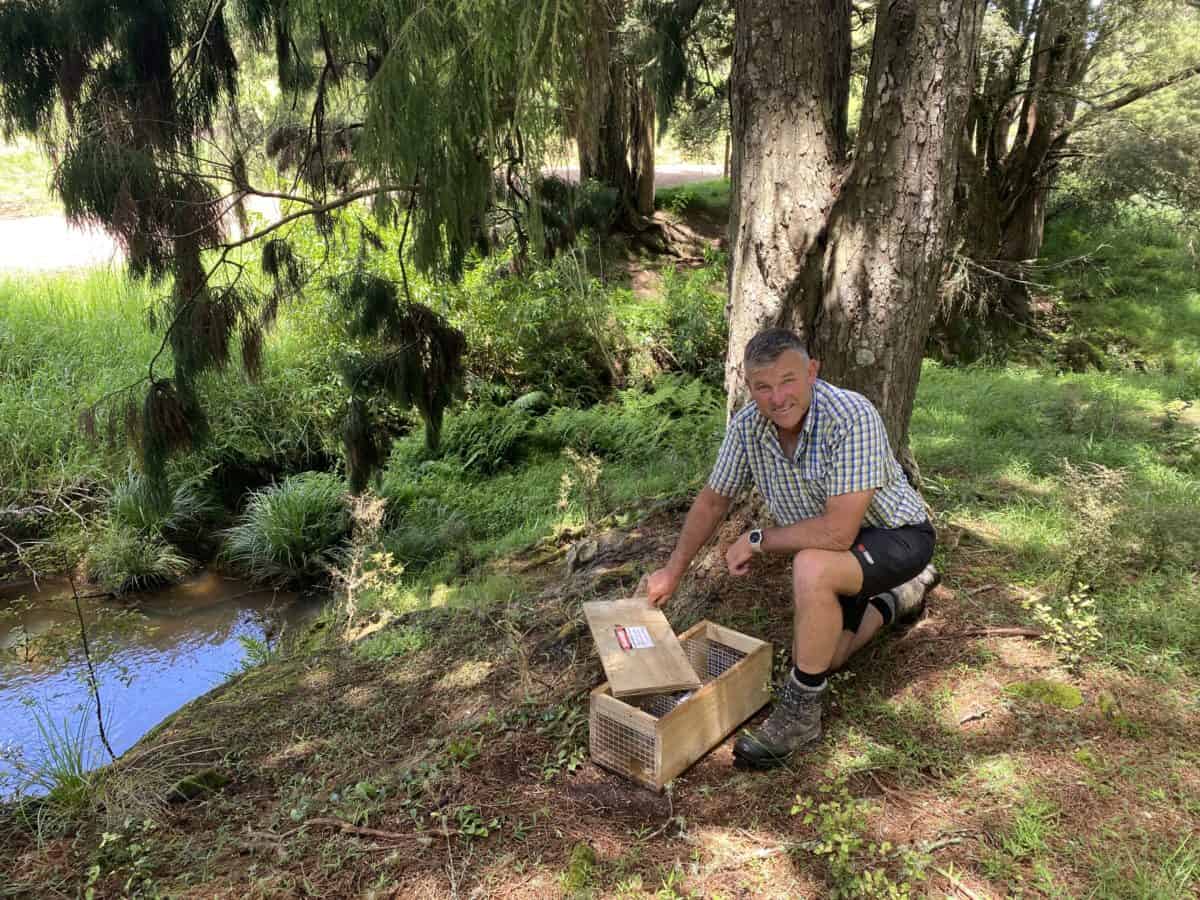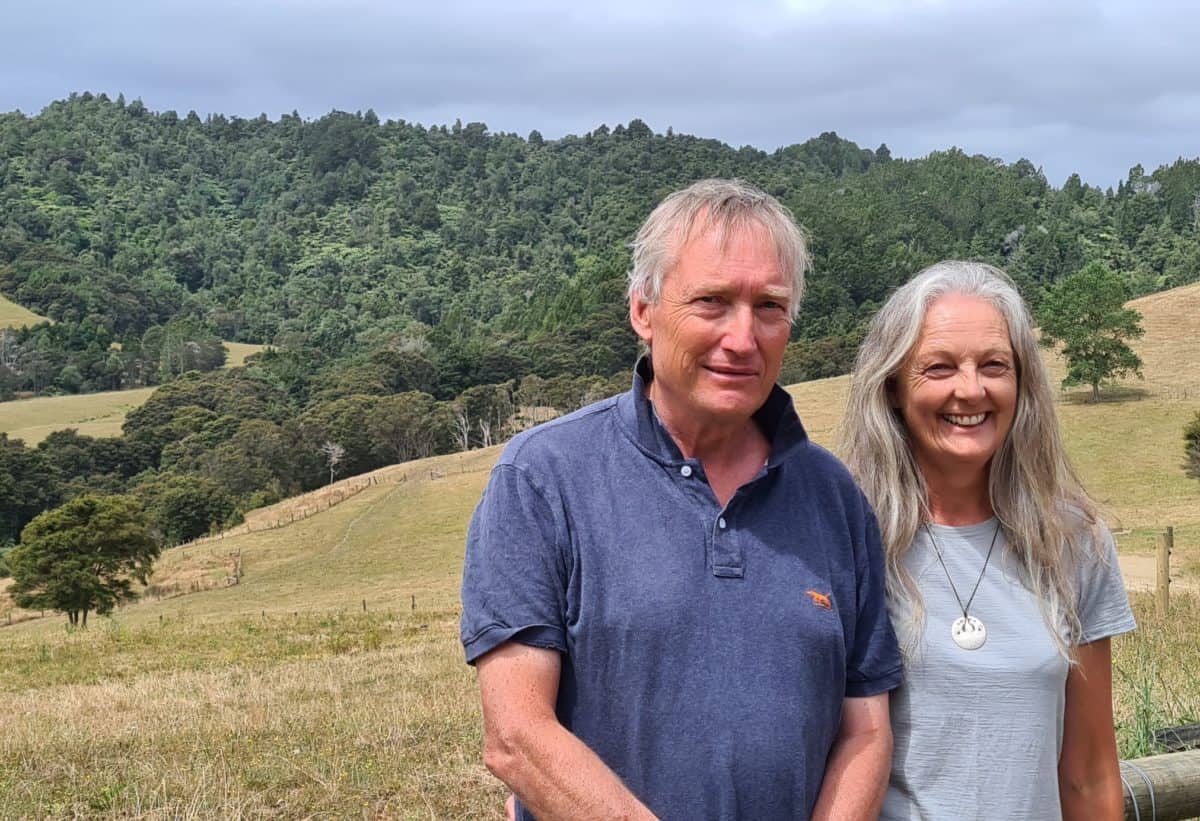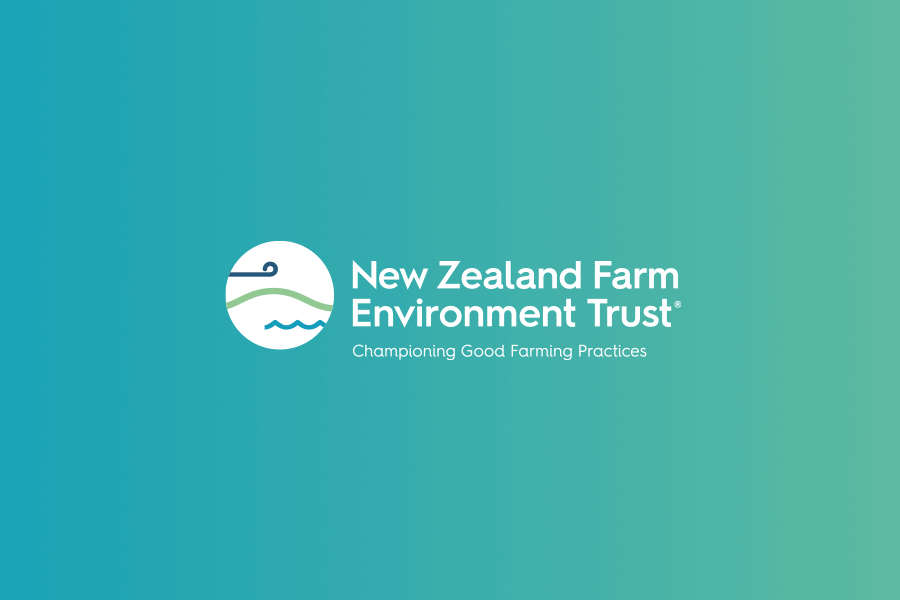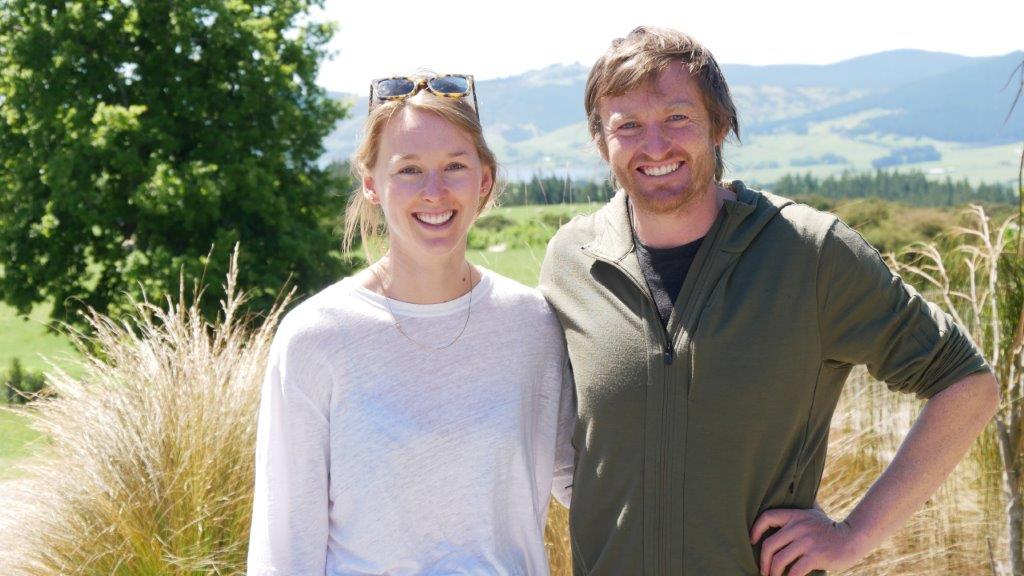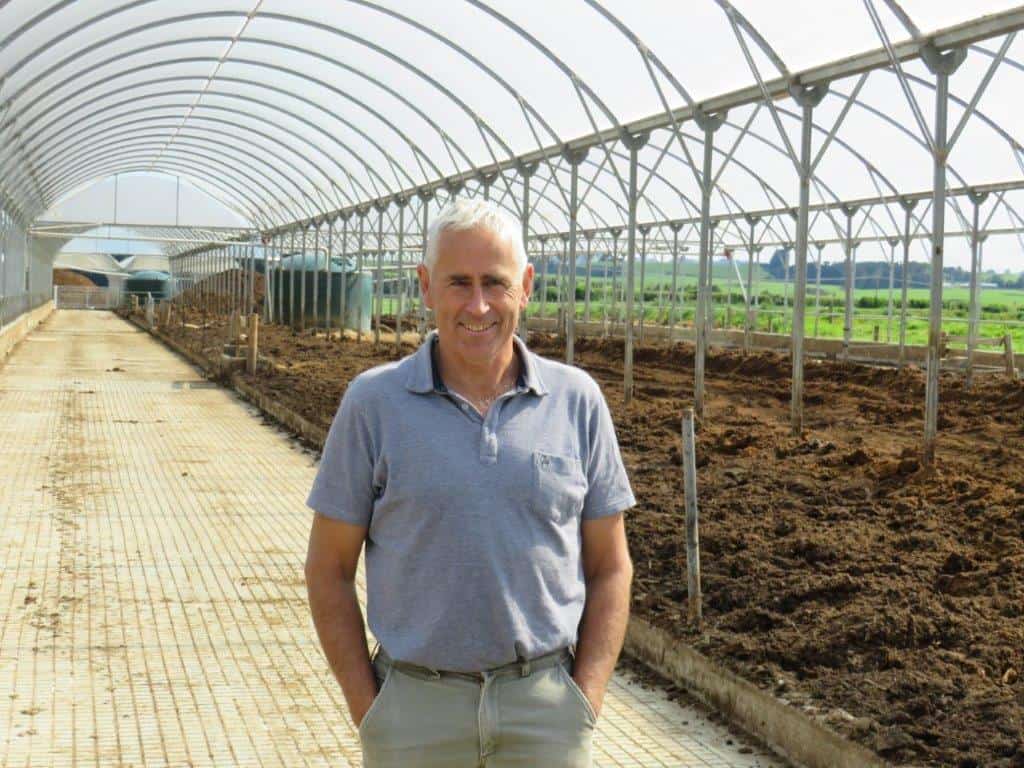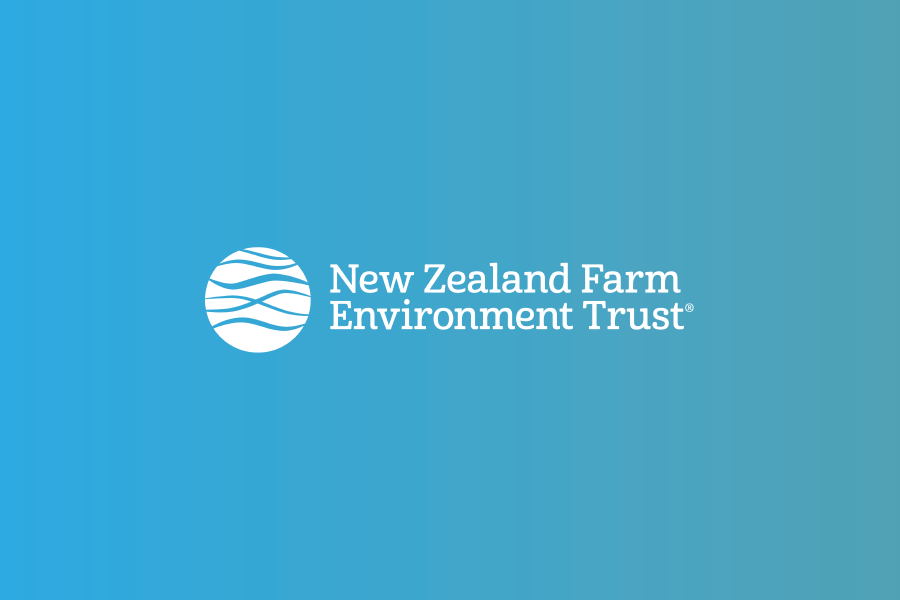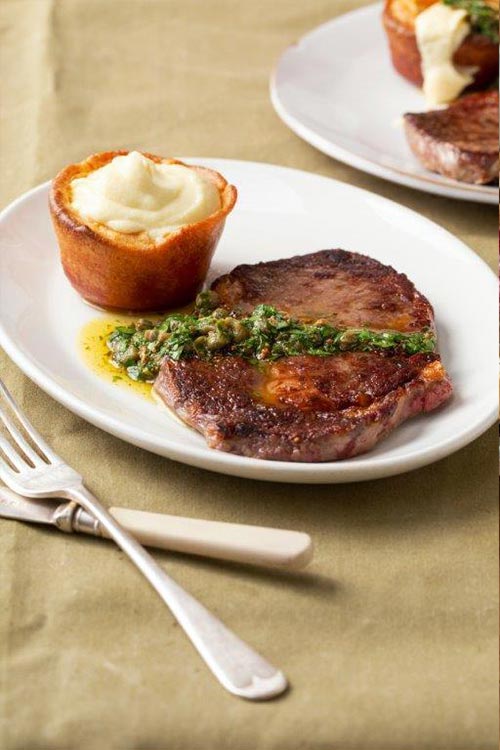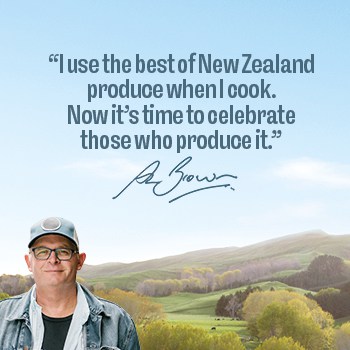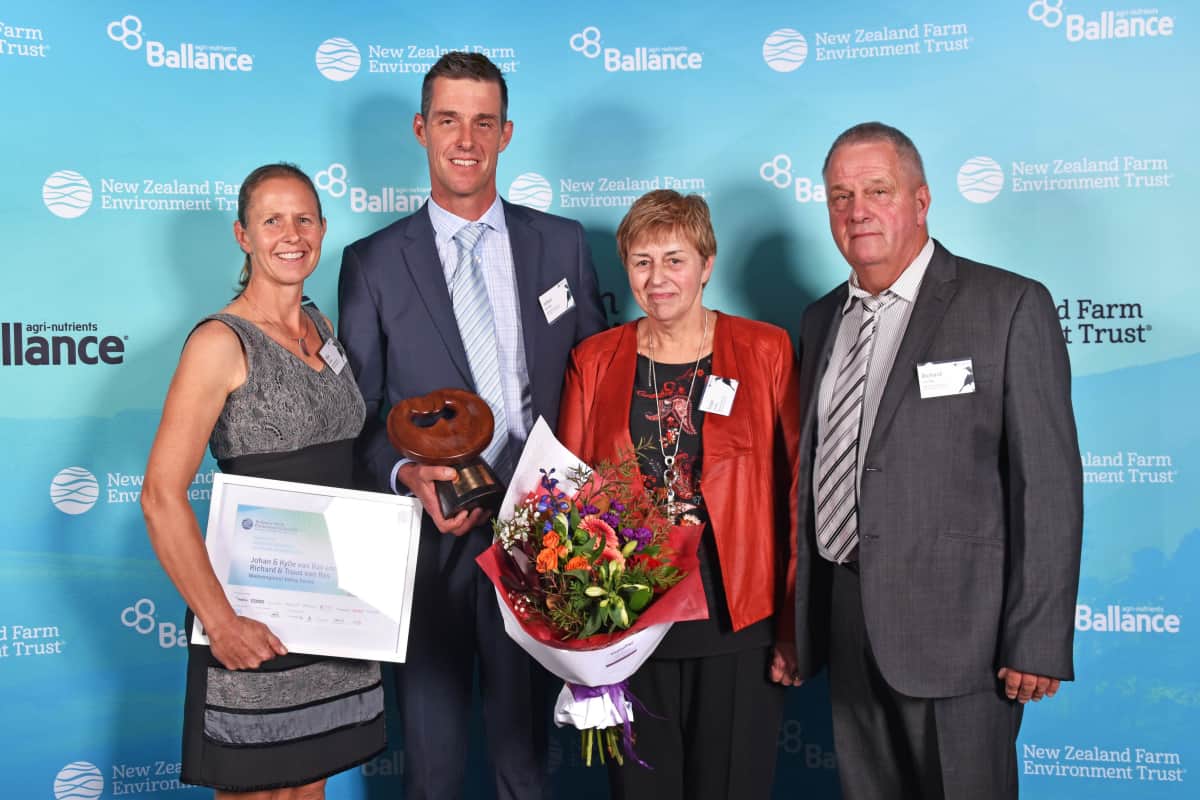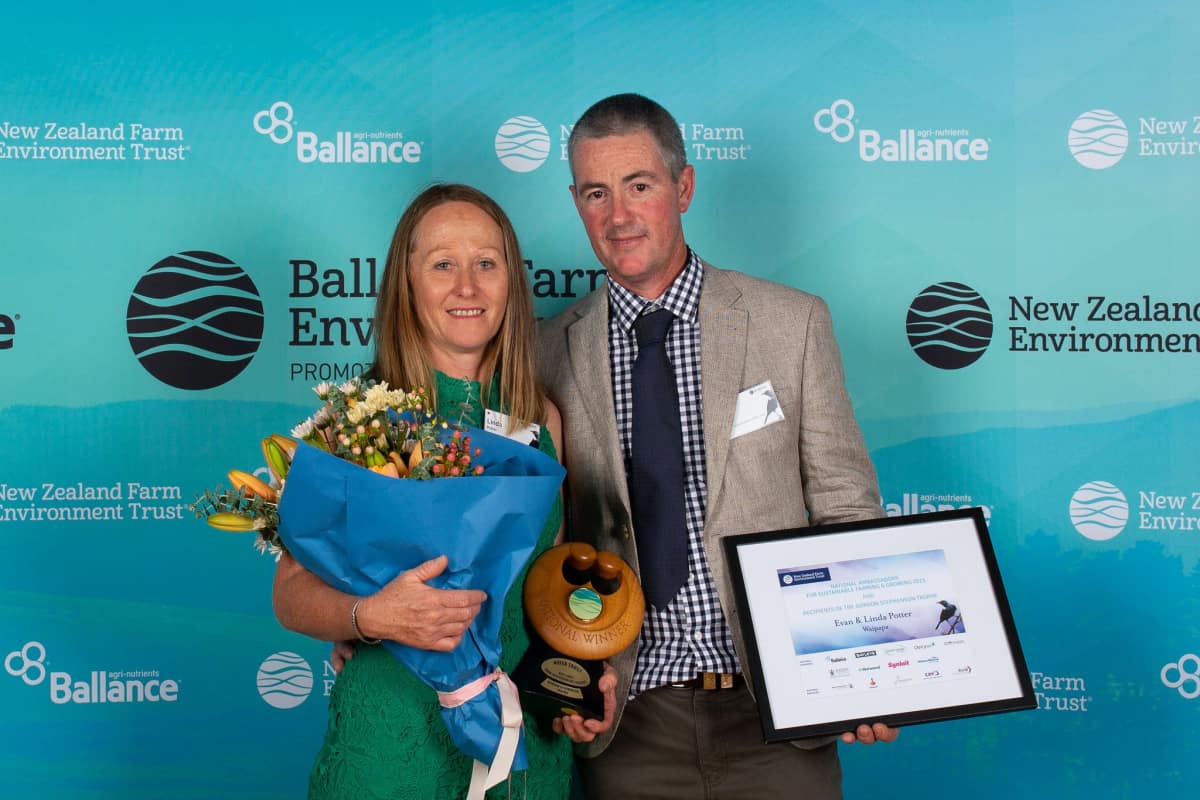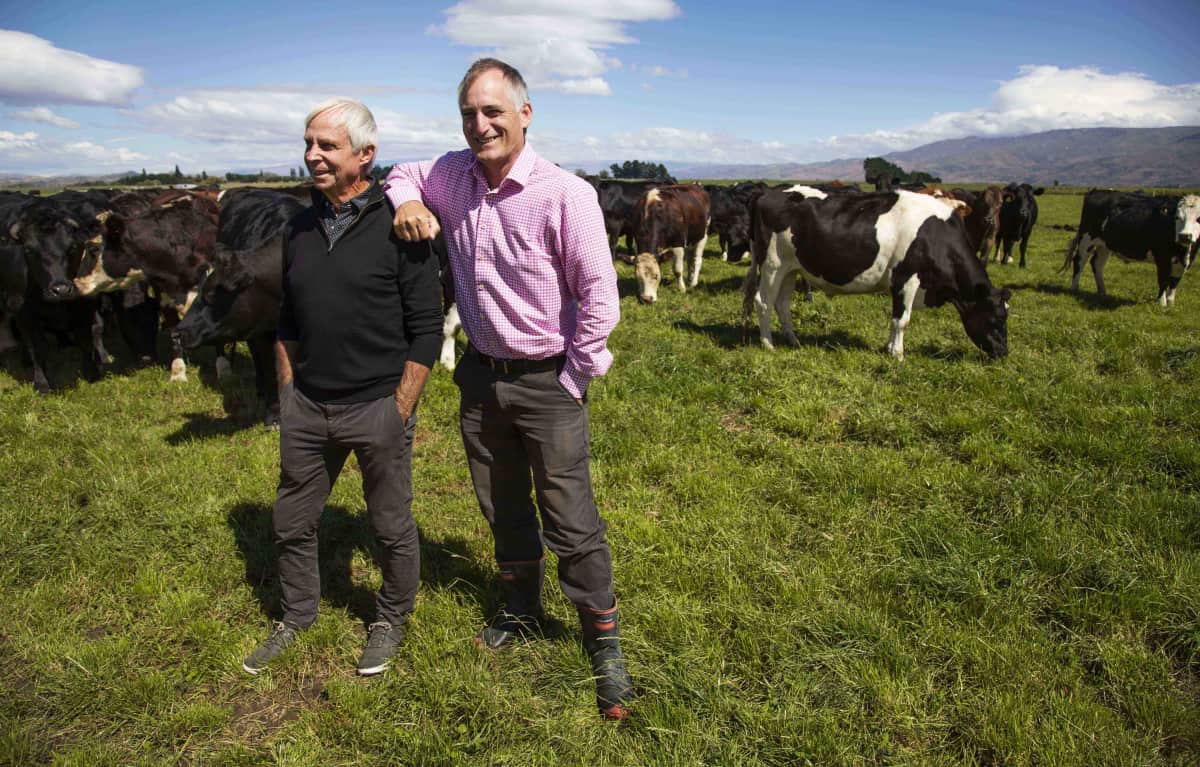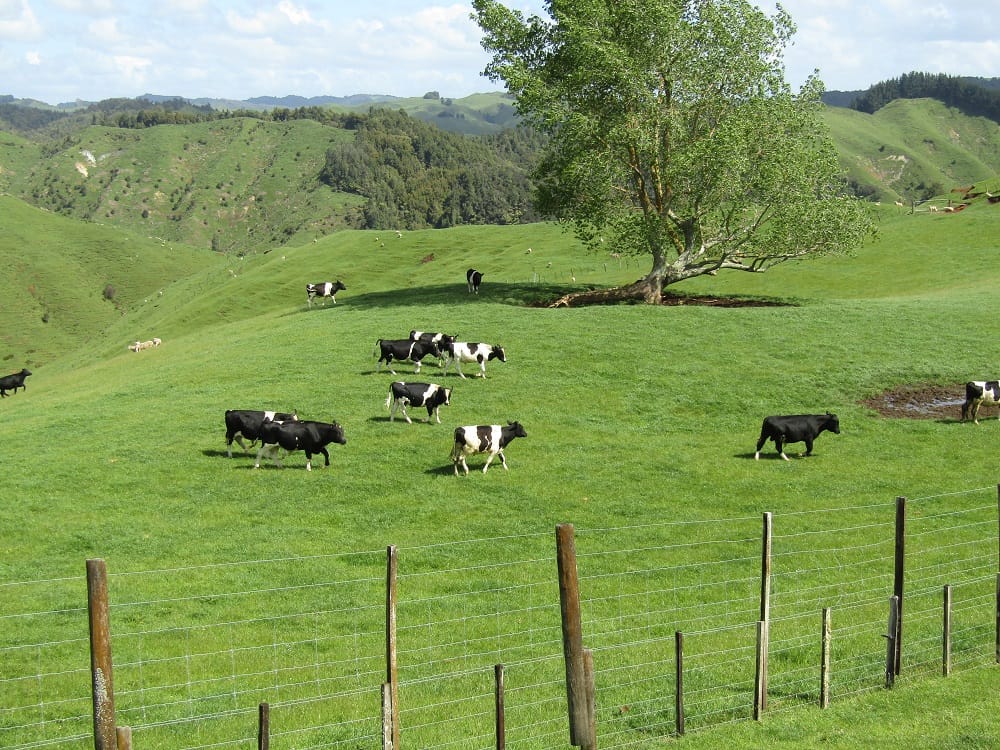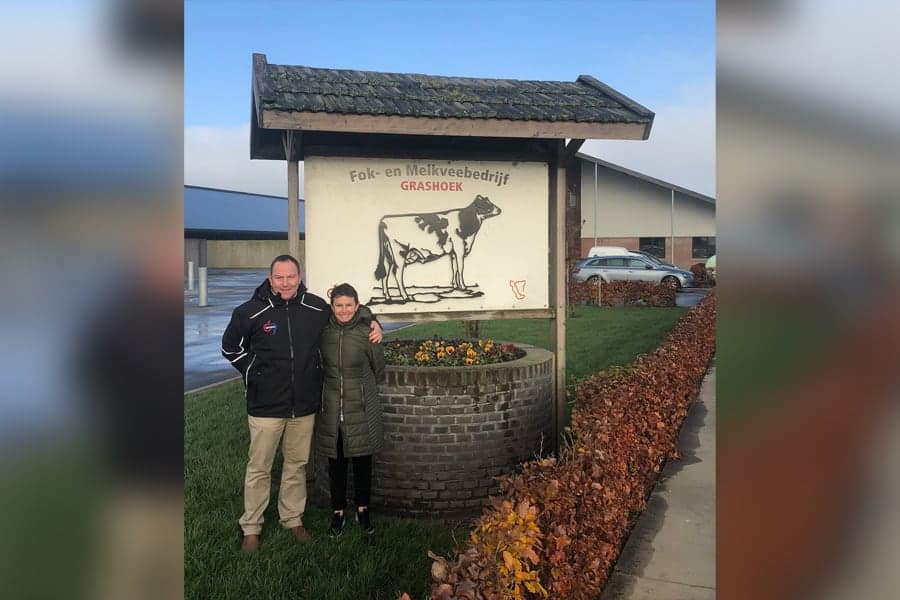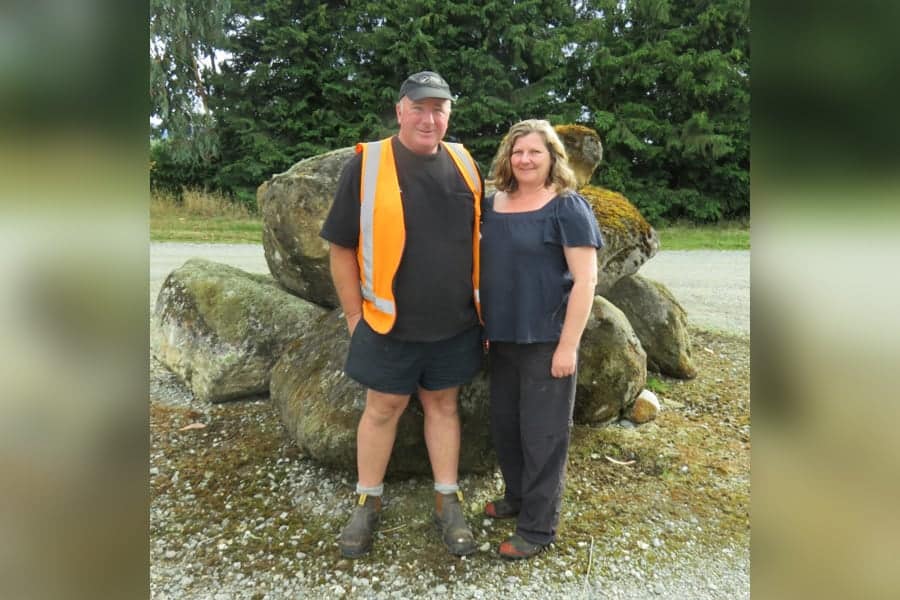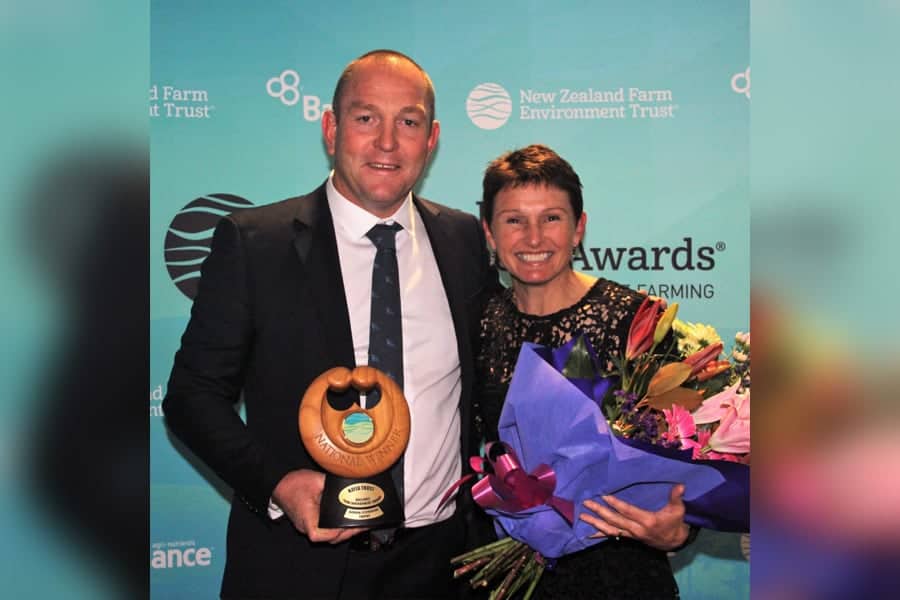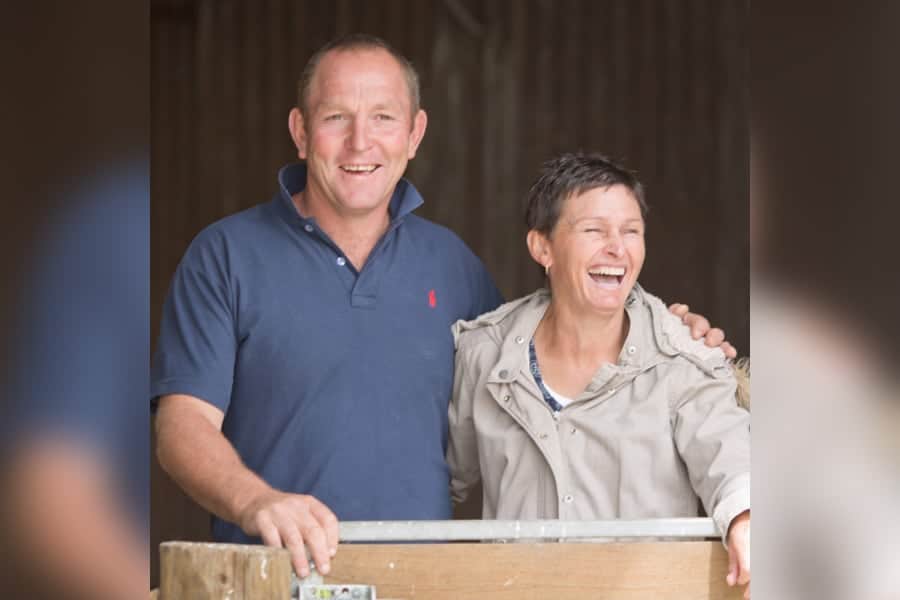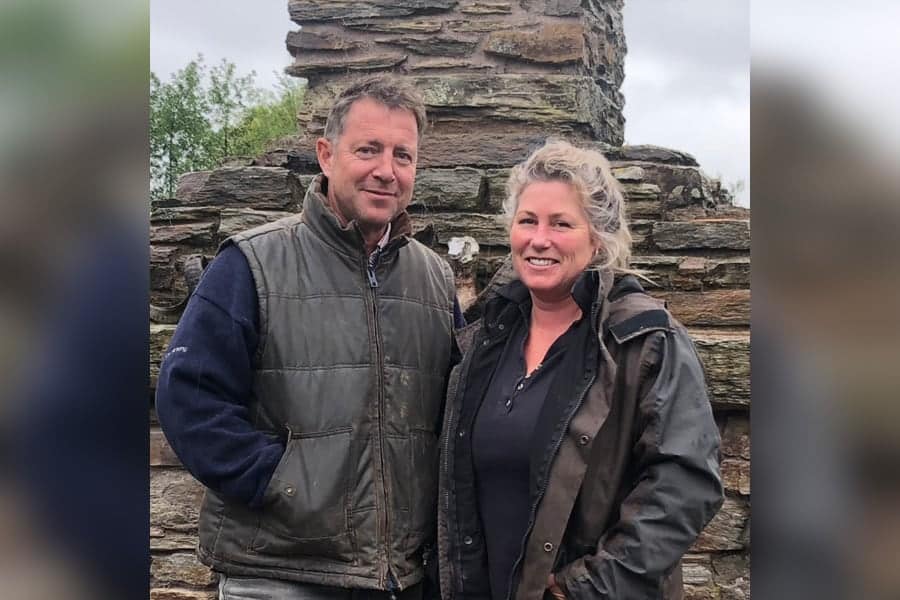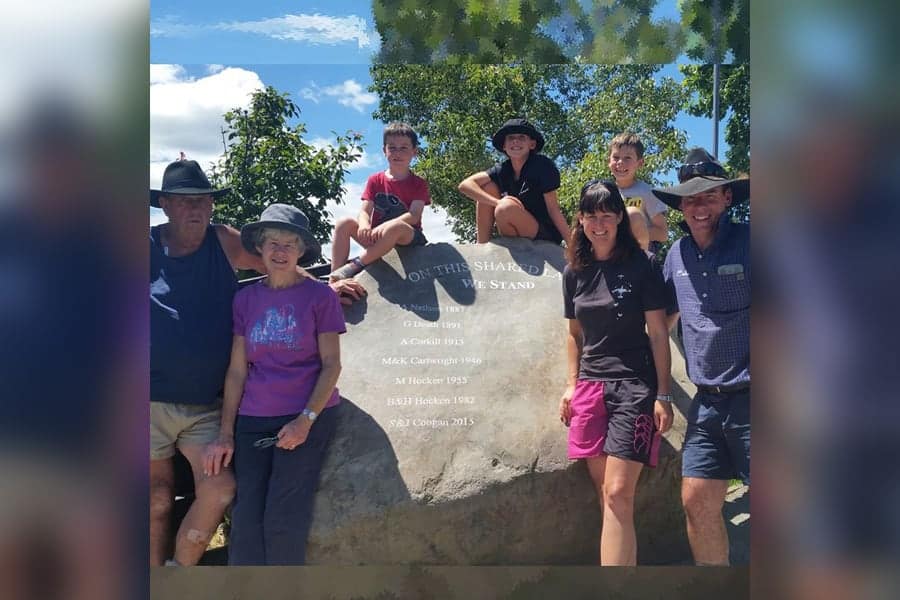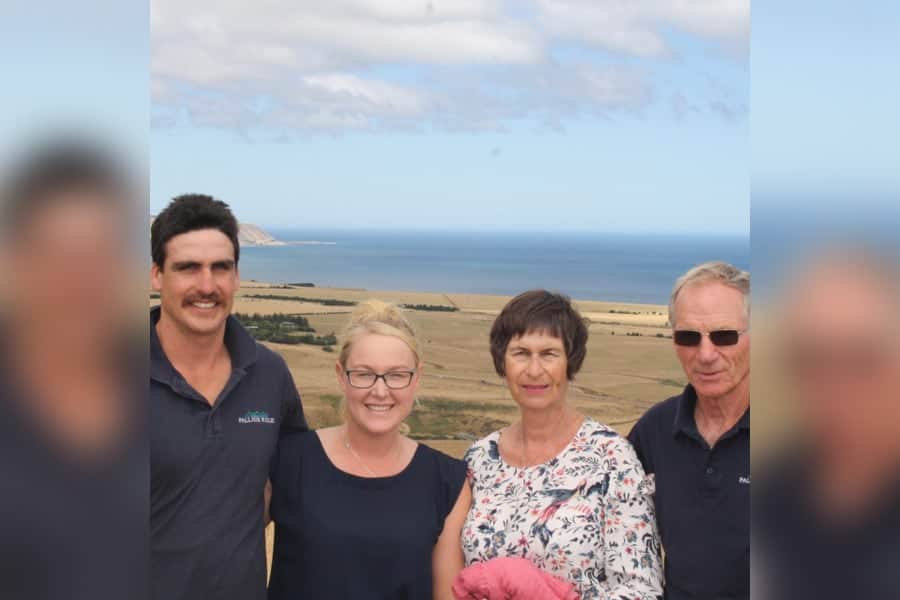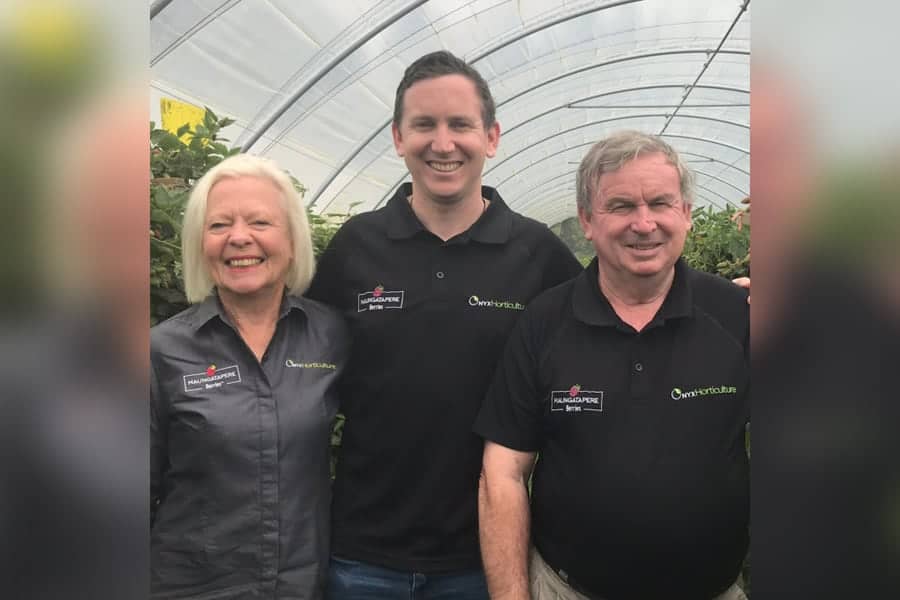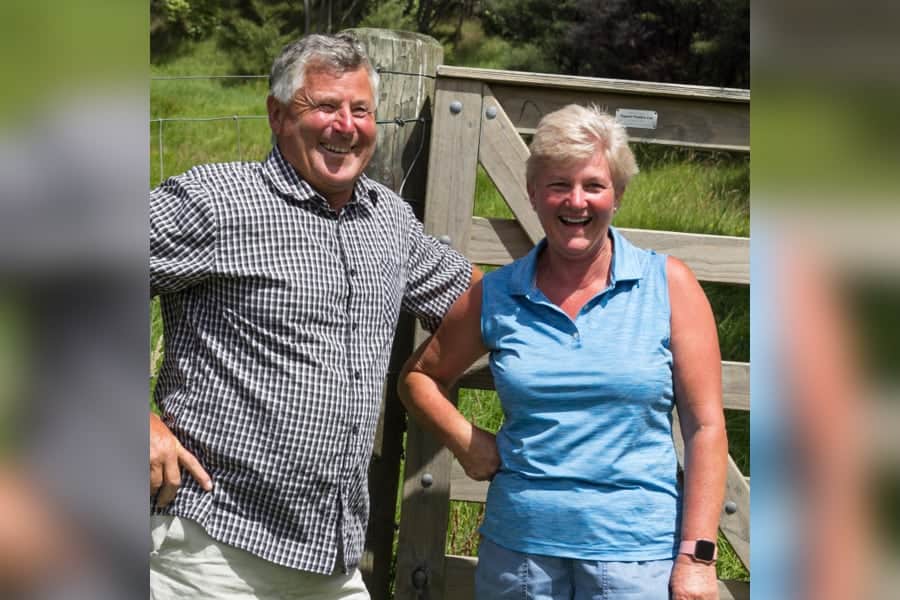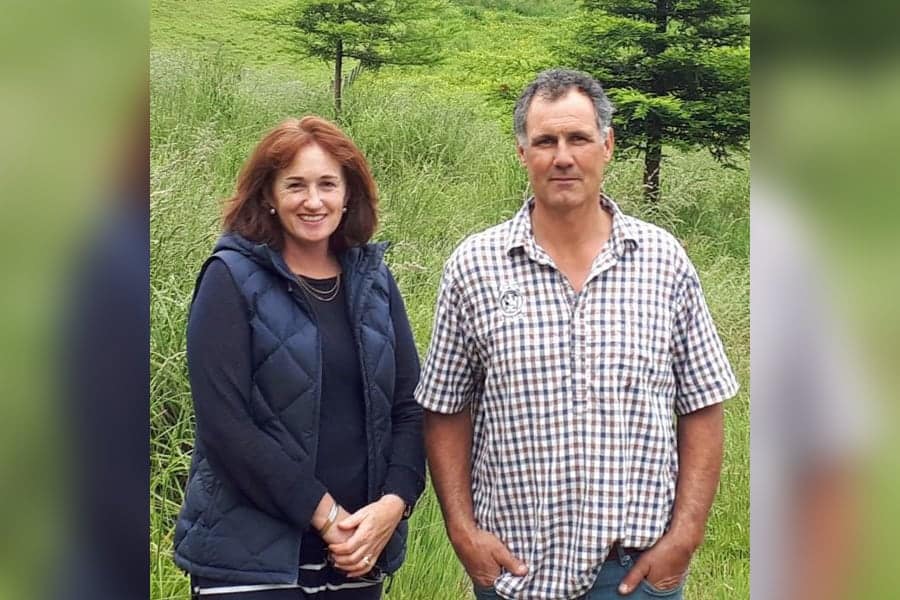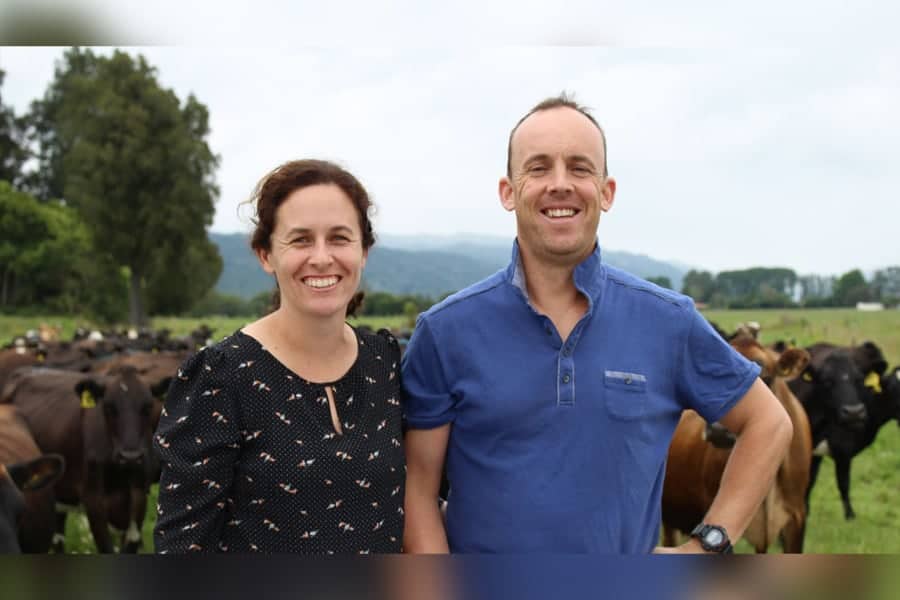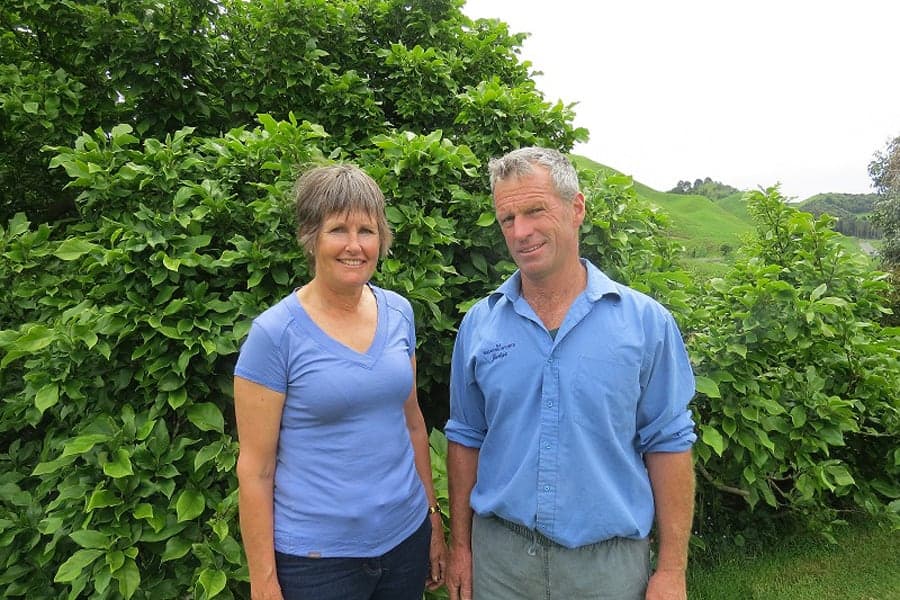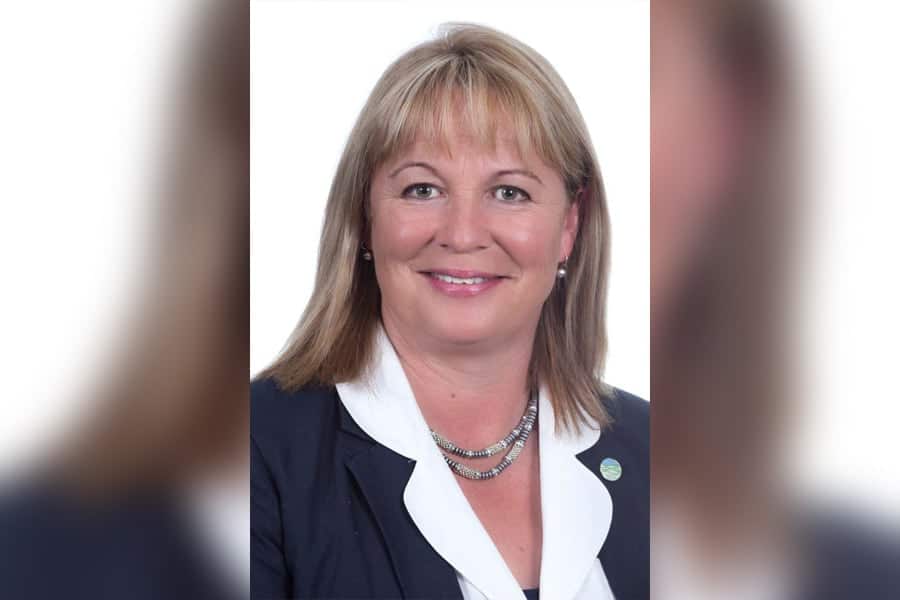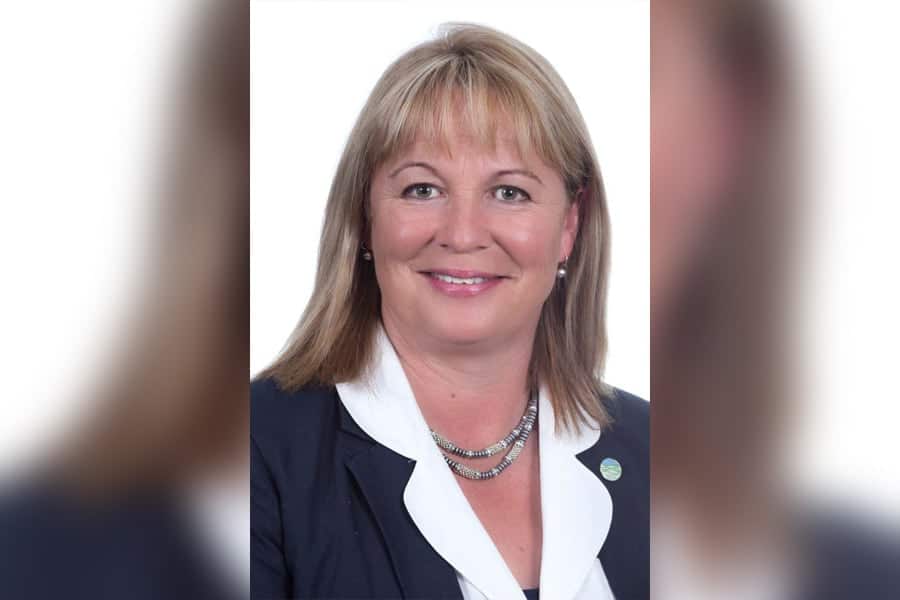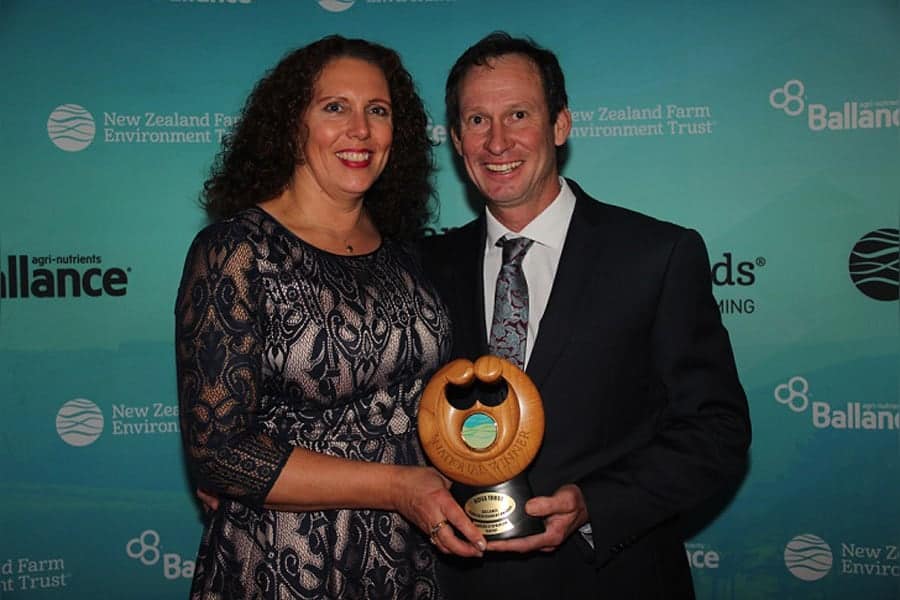A trip to Europe gave environmental award winning farmer John Aspinall the opportunity to learn about sustainability issues facing his counterparts in the Northern Hemisphere.The Otago high country farmer and his wife Sue travelled to Europe to attend and address the World Hereford Conference in Denmark in late June.
The Aspinalls were supreme winners of the Otago Ballance Farm Environment Awards in 2006 and their trip to Europe was facilitated by the New Zealand Farm Environment Awards Trust (NZFEAT).
NZFEAT general manager David Natzke says the Trust was honoured to receive an invitation to address the conference. This invitation was forwarded to John Aspinall and 2006 Northland supreme winner Alec Jack. Unfortunately Alec could not attend but he added input to John’s presentation which outlined the sustainability challenges facing New Zealand agriculture and discussed some of the measures NZ farmers were taking to address these issues.
The address was well received by the international audience and John and Sue were able to take part in conference tours that took them to farms in Finland, Sweden, Denmark and Norway. They were keen to learn about the European Union’s Common Agricultural Policy – the main focus of which is to maintain the sustainability of food production in Europe. John says this policy is very complicated, highly bureaucratic and interwoven with a multitude of schemes and subsidies designed to regulate food production and keep people in rural areas. For example, farmers in Southern Finland were able to attract a greater subsidy by selling their cattle as weaners to farmers in Northern Finland.
However, while European farmers typically derived 30-50% of their income from subsidies, John says most were resigned to the fact that subsidies would be gradually phased out. So they were interested to hear how New Zealand farmers coped without subsidies. He says one of the biggest sustainability issues facing European farmers is the lack of scale. “The average farm size is 37ha and most of the farmers we visited also worked off-farm”.
Some were addressing the scale issue by using subsidy income to buy more land, with the aim of making their operation more sustainable once subsidies come off. In the meantime, European consumers have been enjoying the price savings offered by more efficient food production and increased competition among the supermarkets. John says a speaker at the conference said this had resulted in the average household income spend on food dropping from 35% in pre World War II days down to 9%.
“Food prices are starting to rise globally, but people are still paying less in real terms than they did 40 years ago.” John says it was also interesting to note that the European farmer’s share of the food retail price had fallen from 40% in 1960 to just 15% in 2008. He said many of the farmers he talked to were interested to hear about the land access issue in New Zealand and “they were surprised to hear that we have 80,000 people coming across our farm every year’.As well as visiting farms, the conference tour visited museums, research facilities and local attractions. The Aspinalls also travelled to Scotland and attended the Edinburgh Show. “All the farmers we visited were extremely hospitable and welcoming and the whole trip was a great opportunity to learn about European farming. While they do things differently to us, it was still interesting to discover that they also face many of the same challenges we do.”


